
Wrangell Institute
Resources: Documents, Videos, and Links
The Wrangell Institute was Bureau of Indian Affairs (BIA) boarding school in Wrangell, Alaska. It operated from 1932 until closing in 1975. It began as a high school, and in 1947 it converted to an elementary school.
This website contains links to areas of interest for researchers. All sources are free to view online. If you have any resources related to the Wrangell Institute that you’d like to share, please get in touch!
The Buildings
The Wrangell Institute was designed by architect N. Lester Troast, a former teacher at Sheldon Jackson College boarding school. He designed the buildings in a style popular in the 1930s, called Colonial Revival Architecture. The buildings featured symmetry, rows of equally spaced windows, entrances in the center, and few embellishments. Other buildings served as homes for teachers, staff, and facilities. (According to records in the U.S. National Archives, the photos below were taken in 1938 and 1949.)
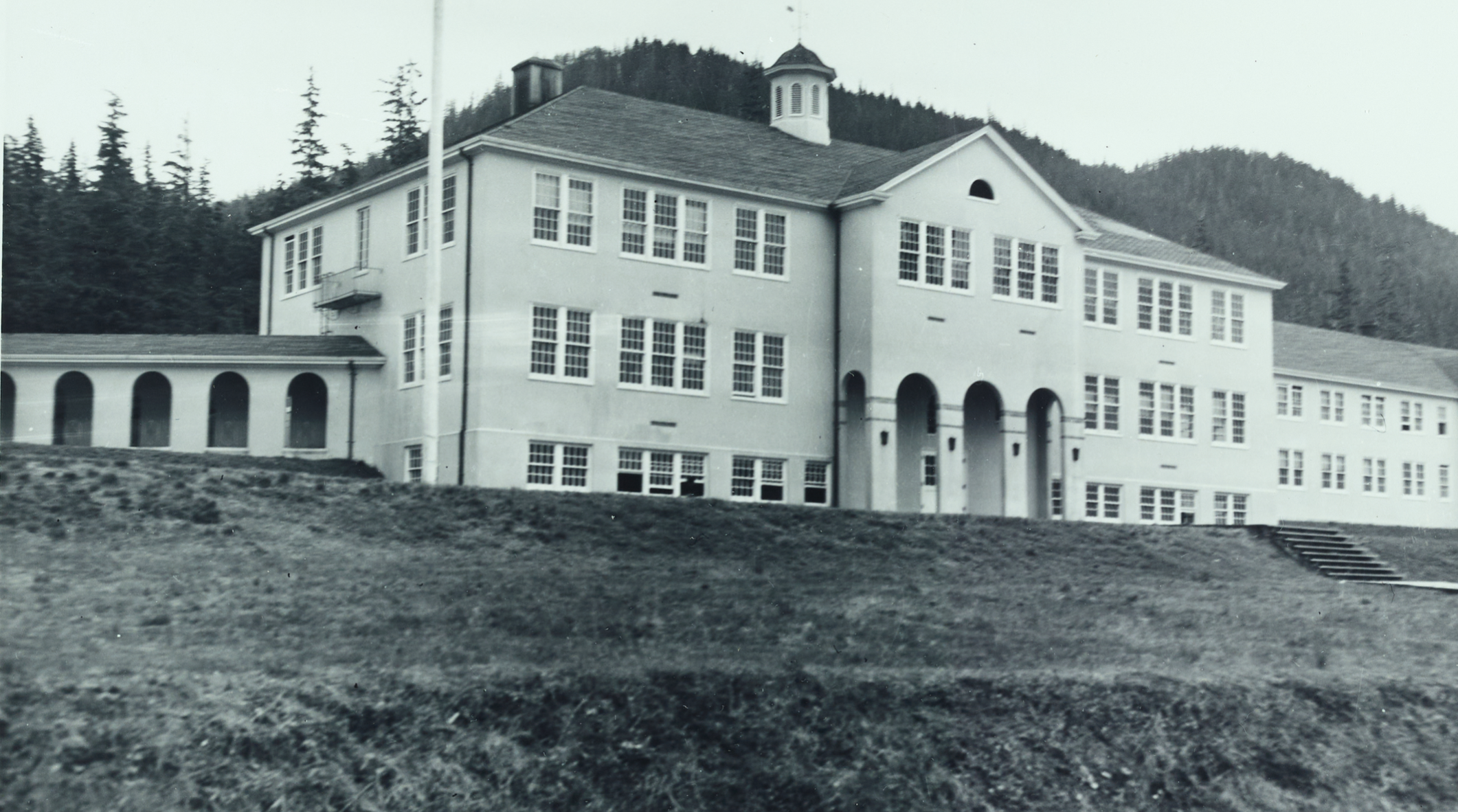
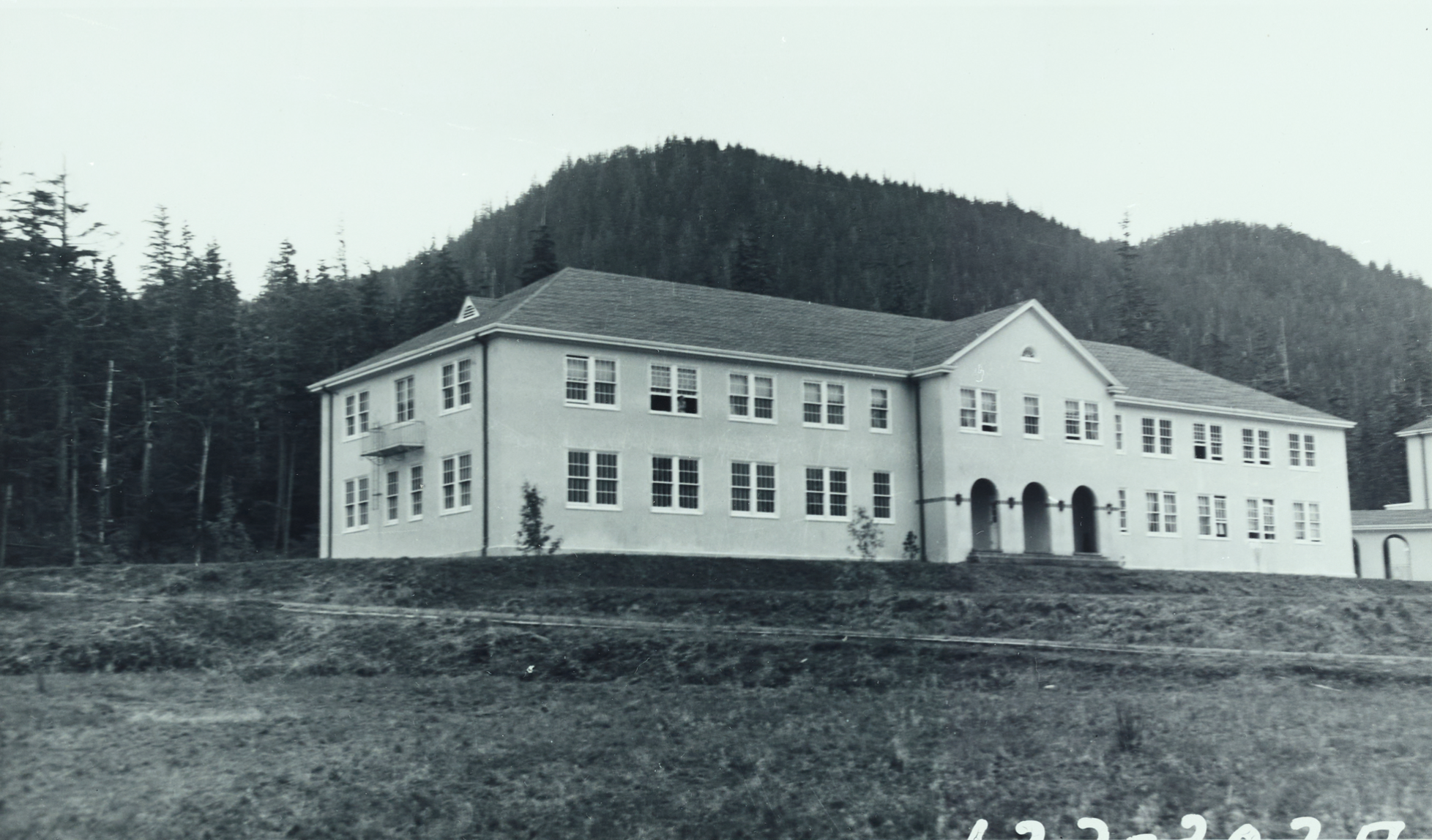
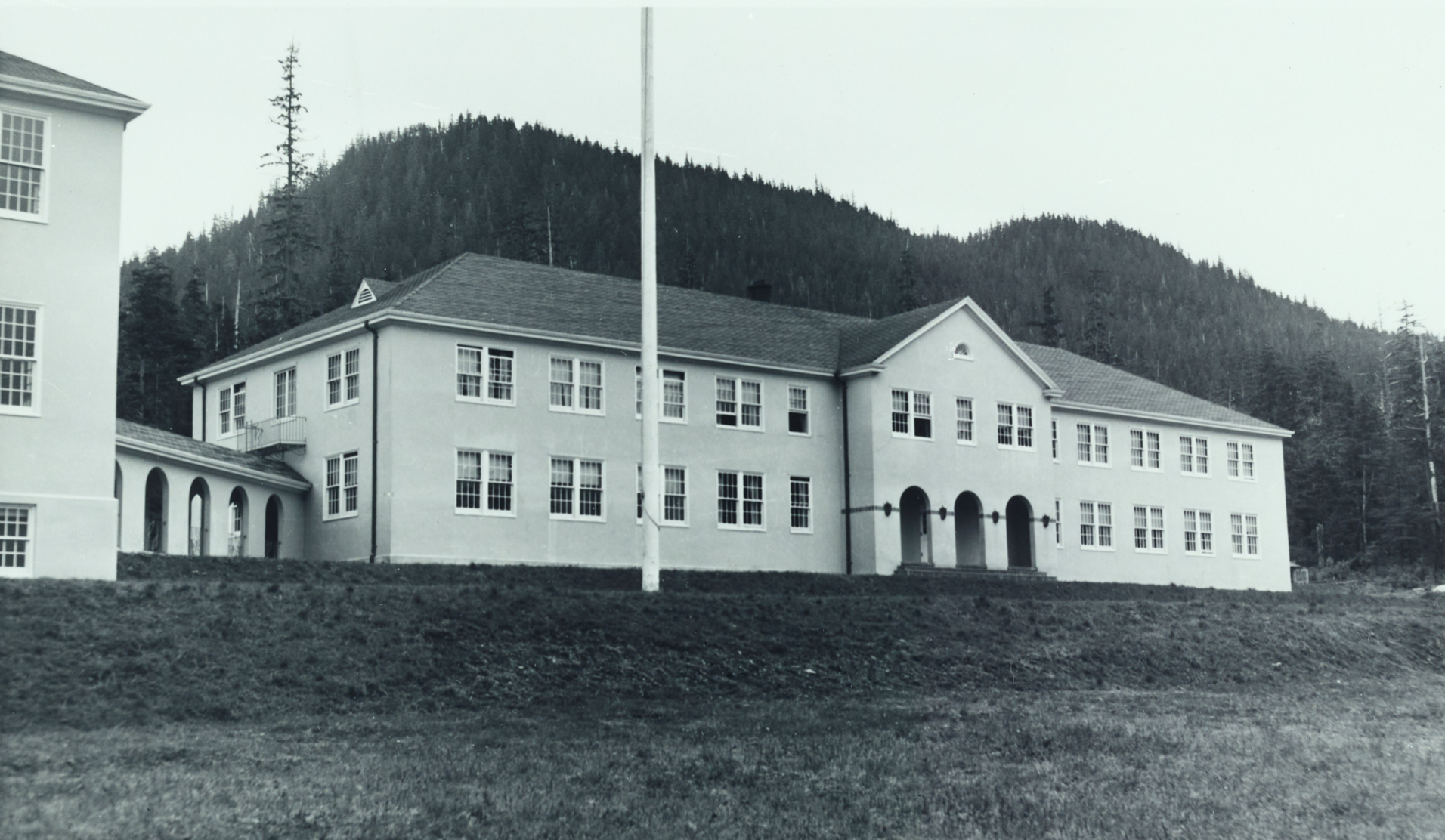
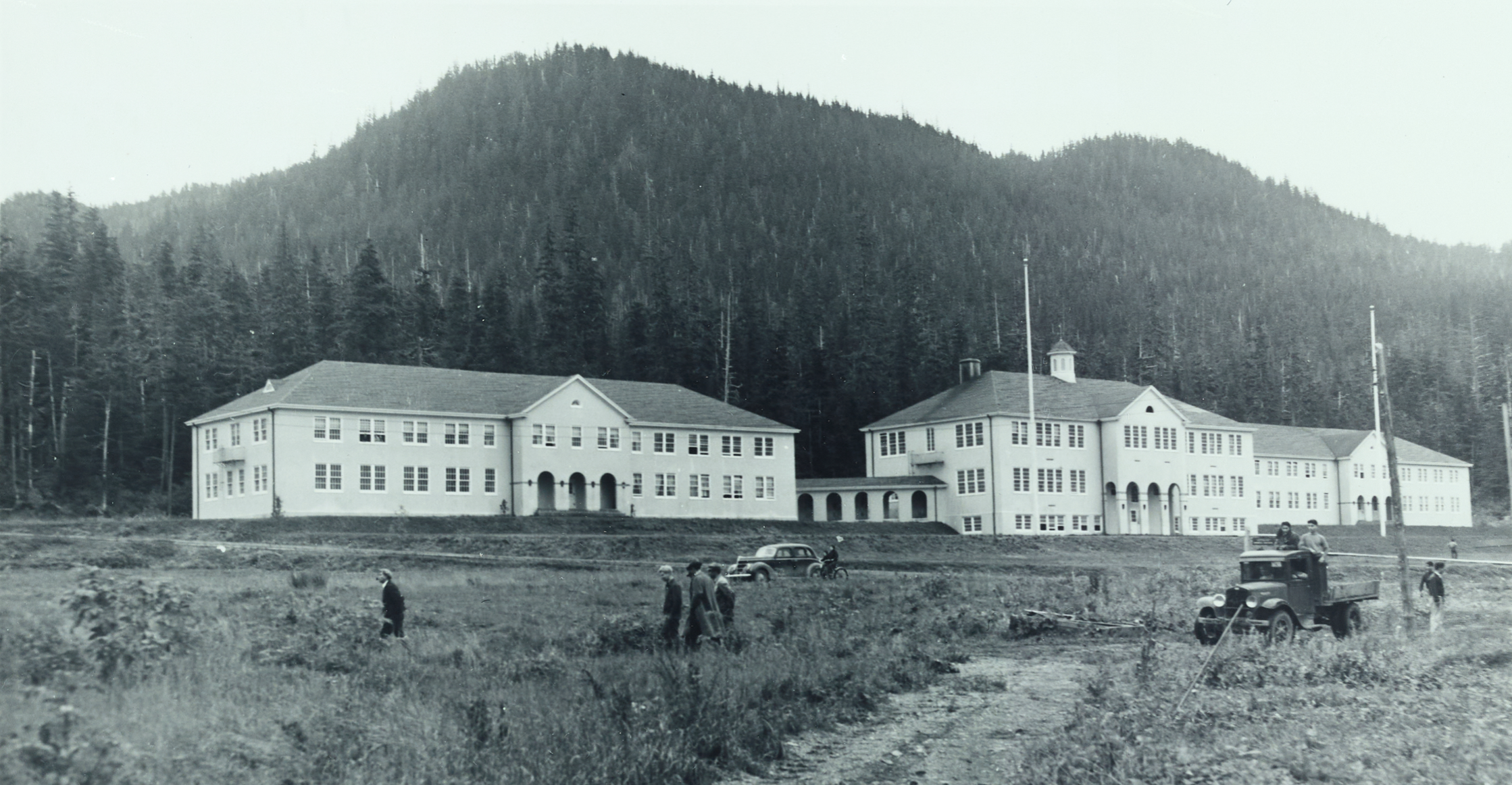
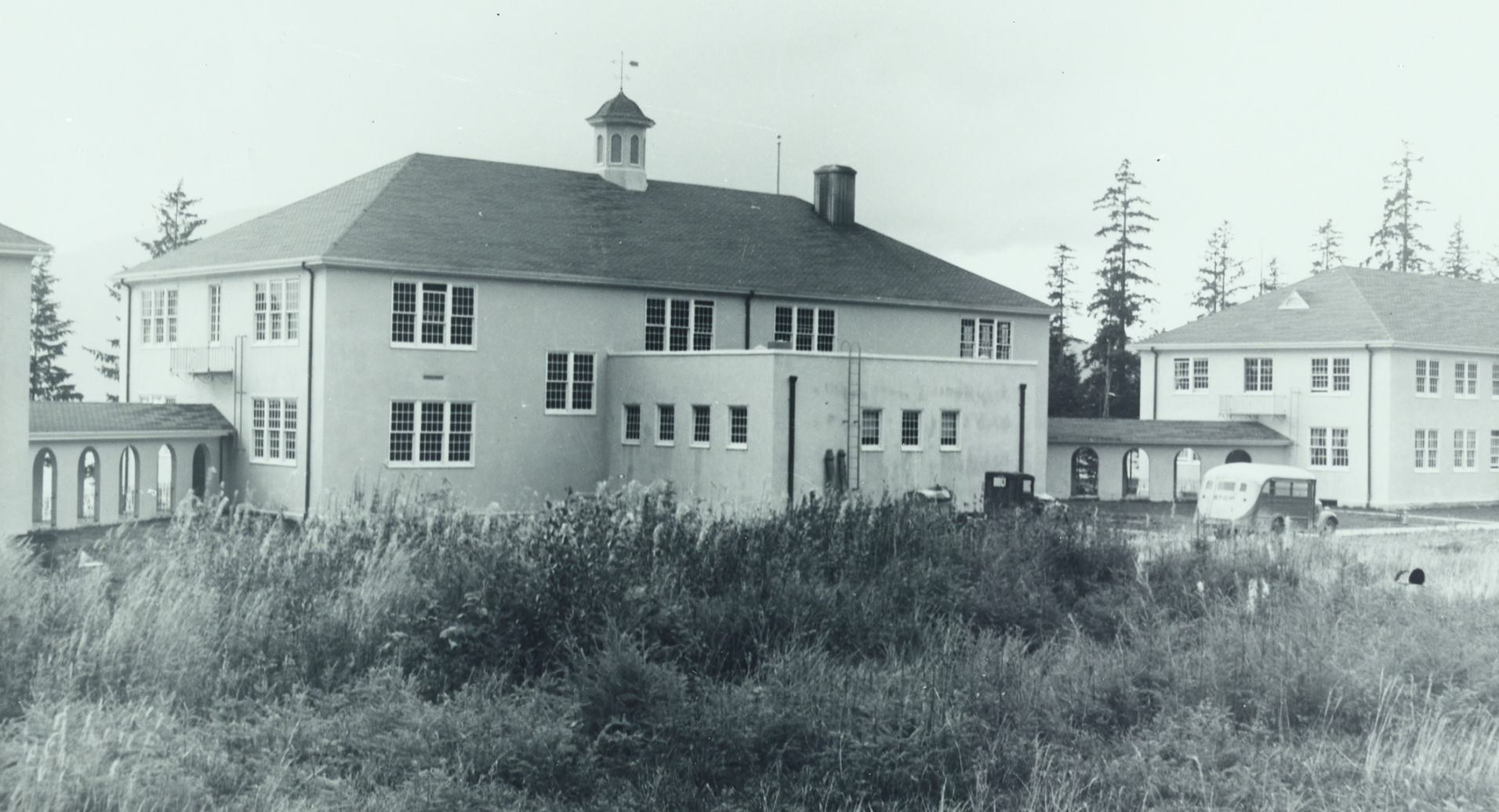
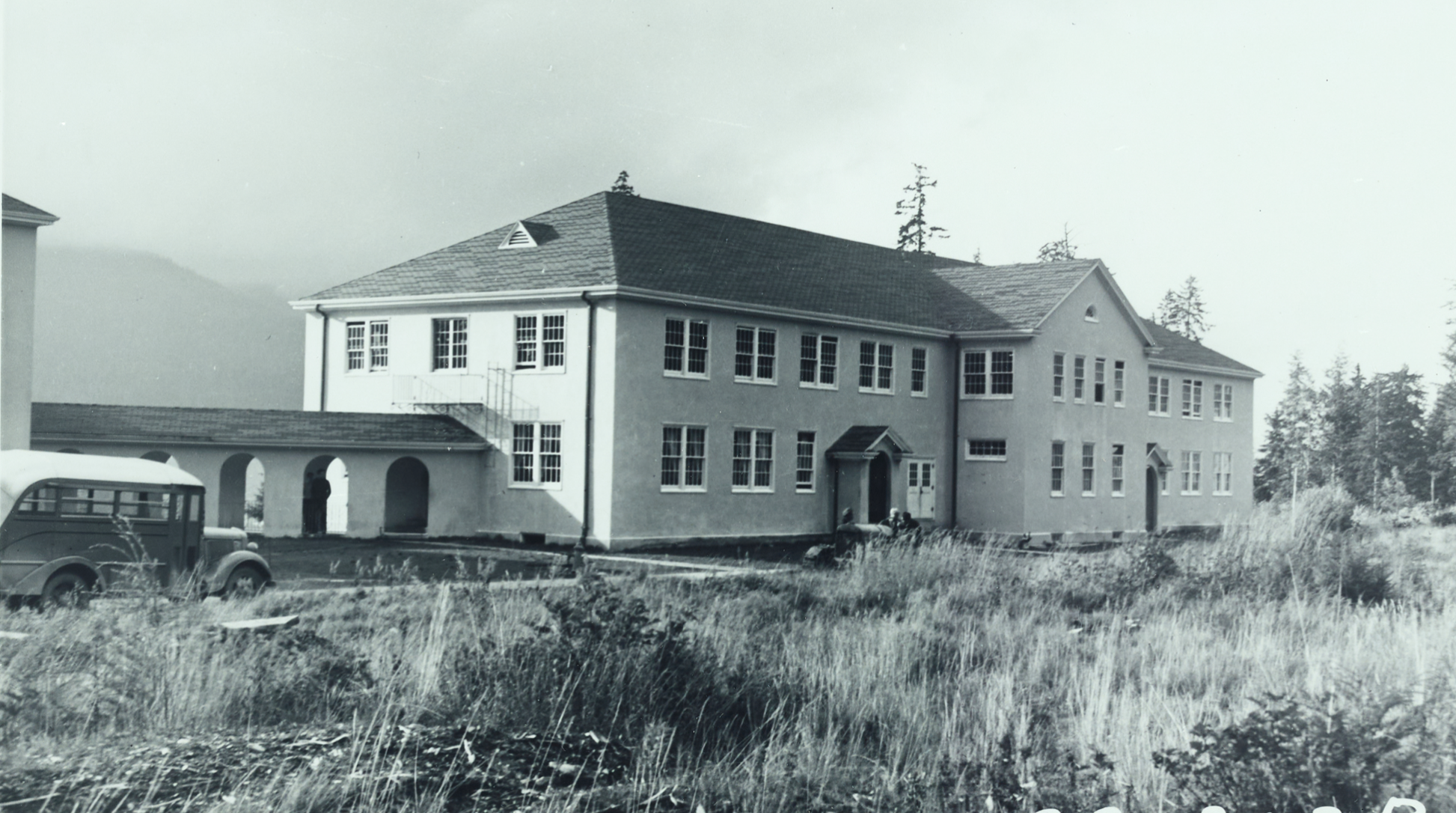
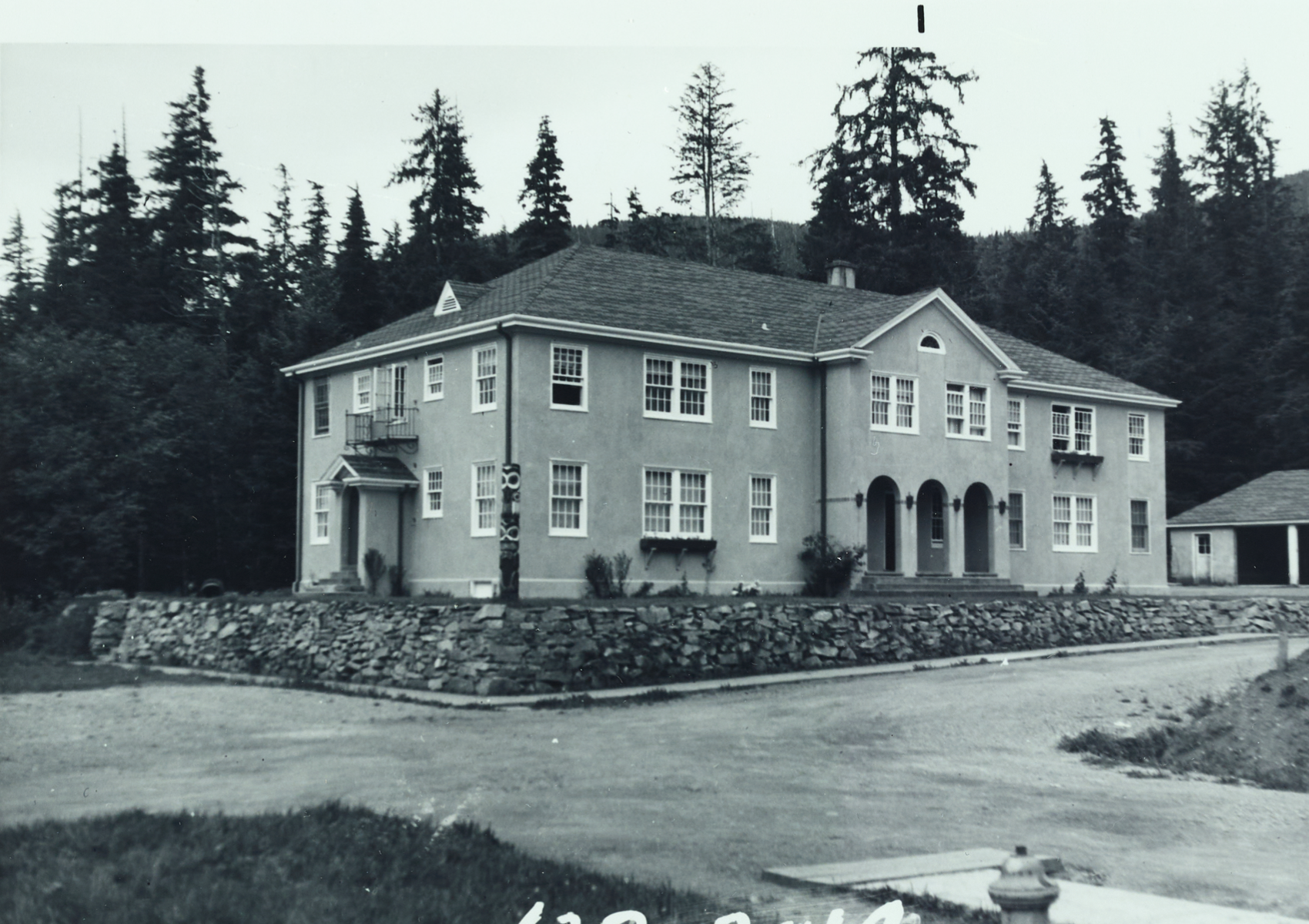
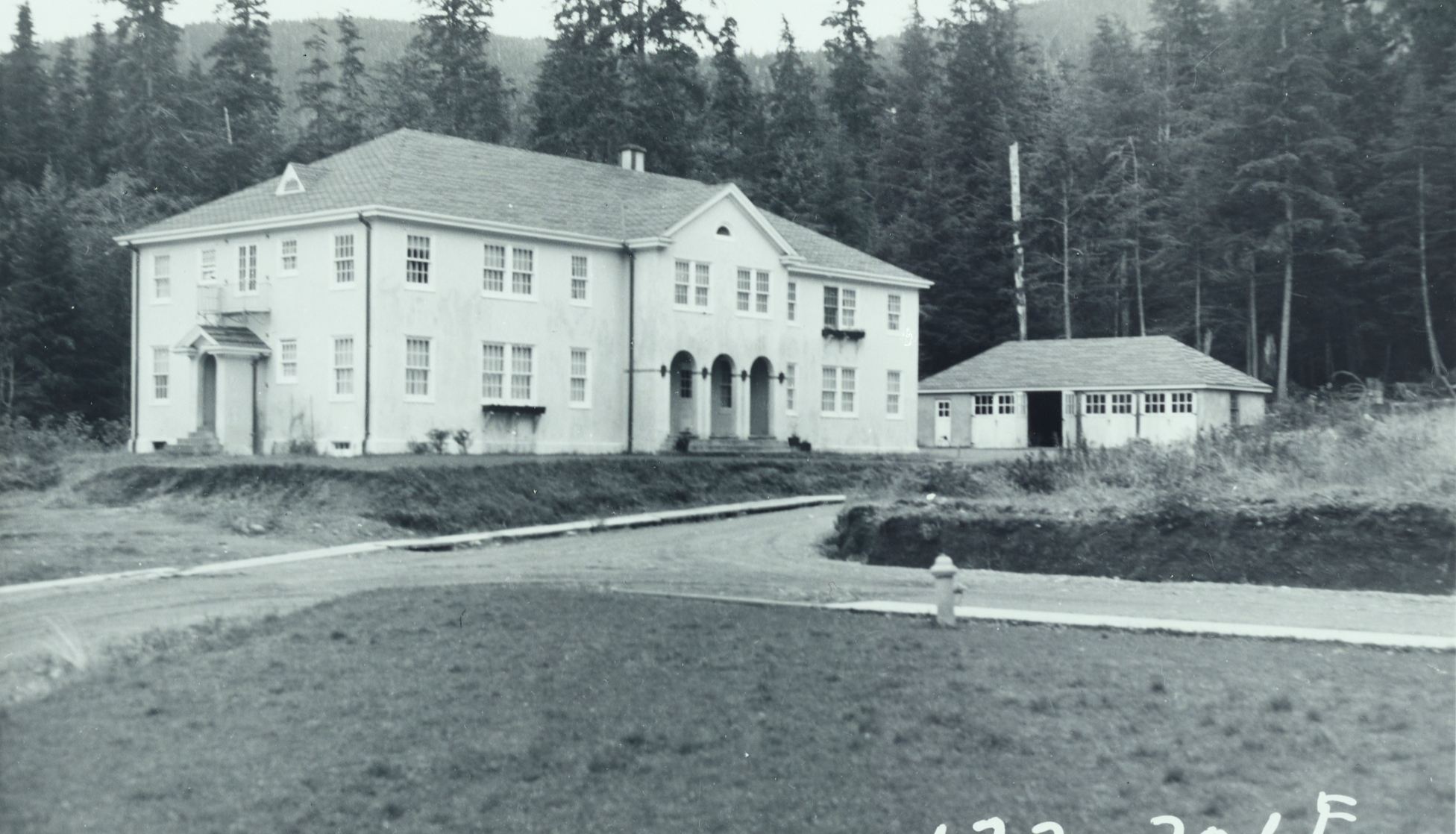
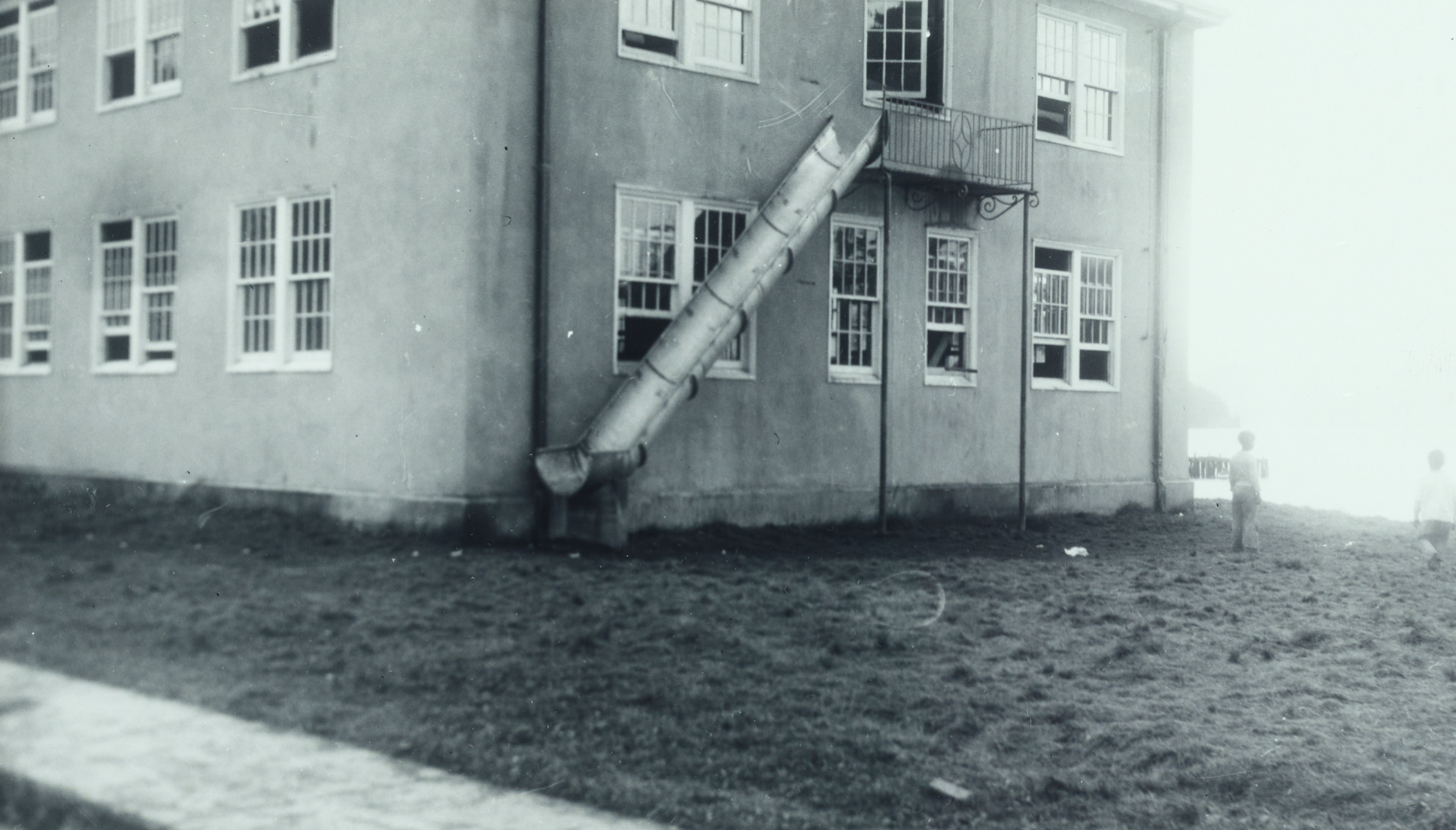
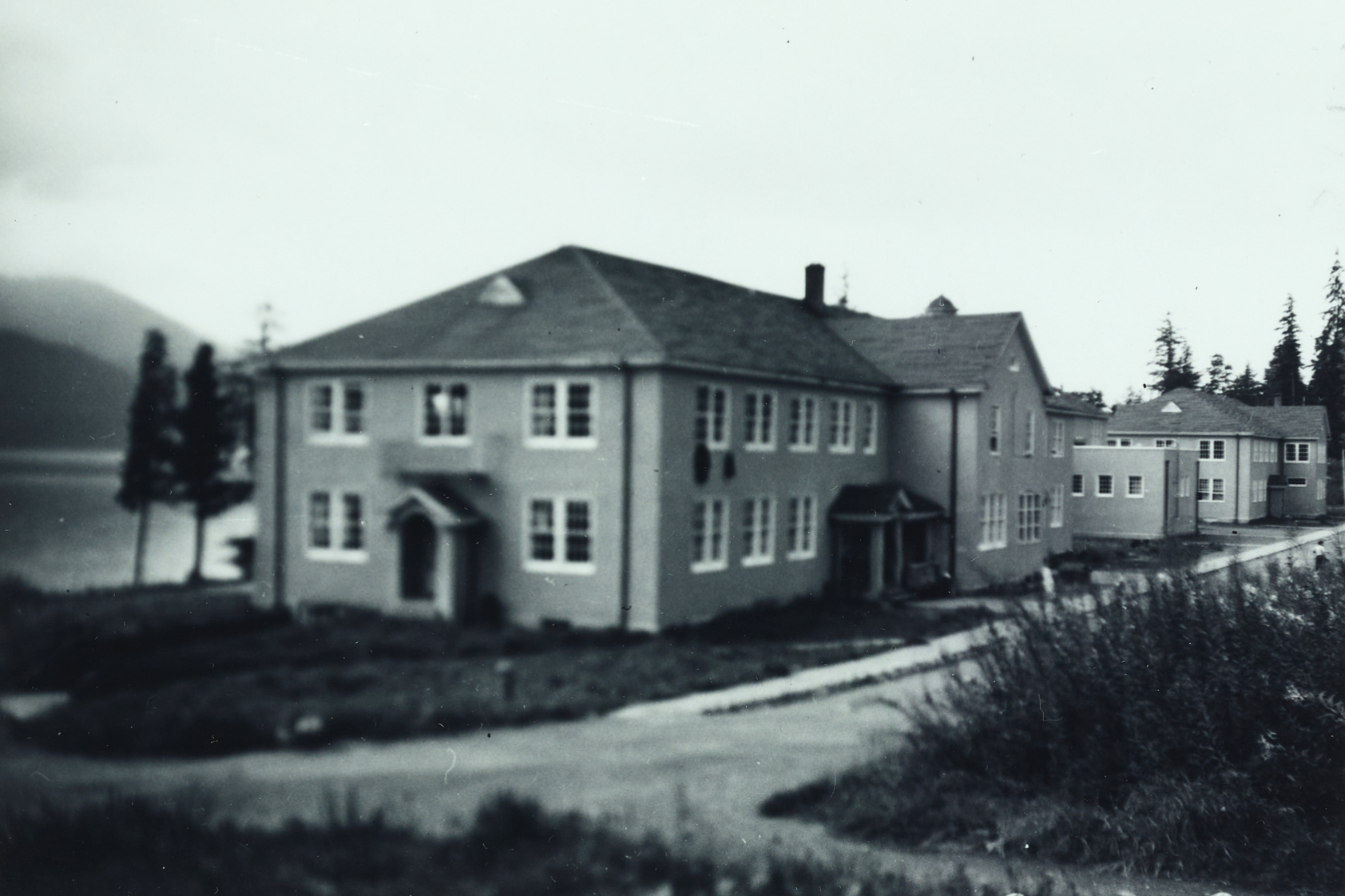
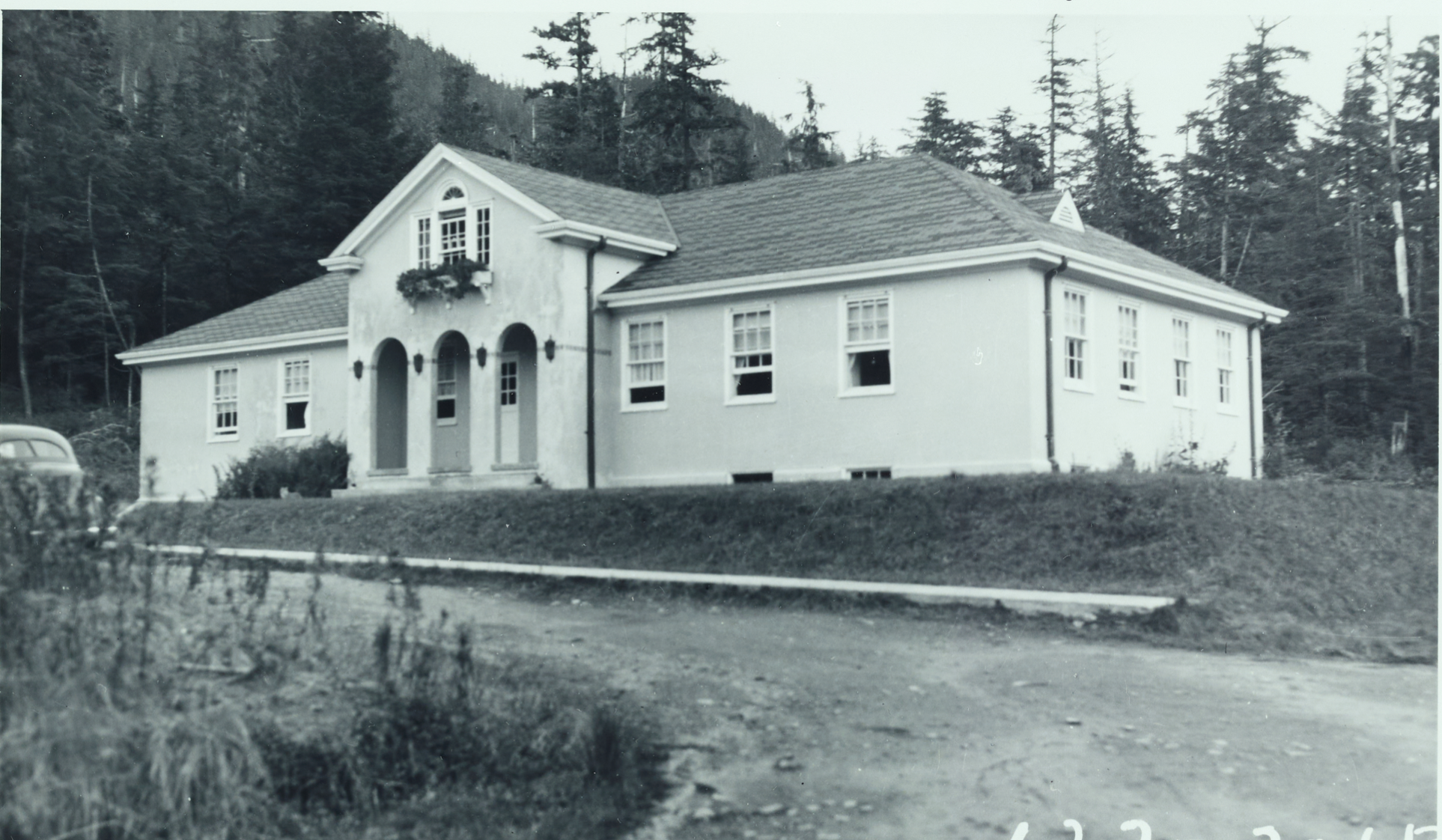
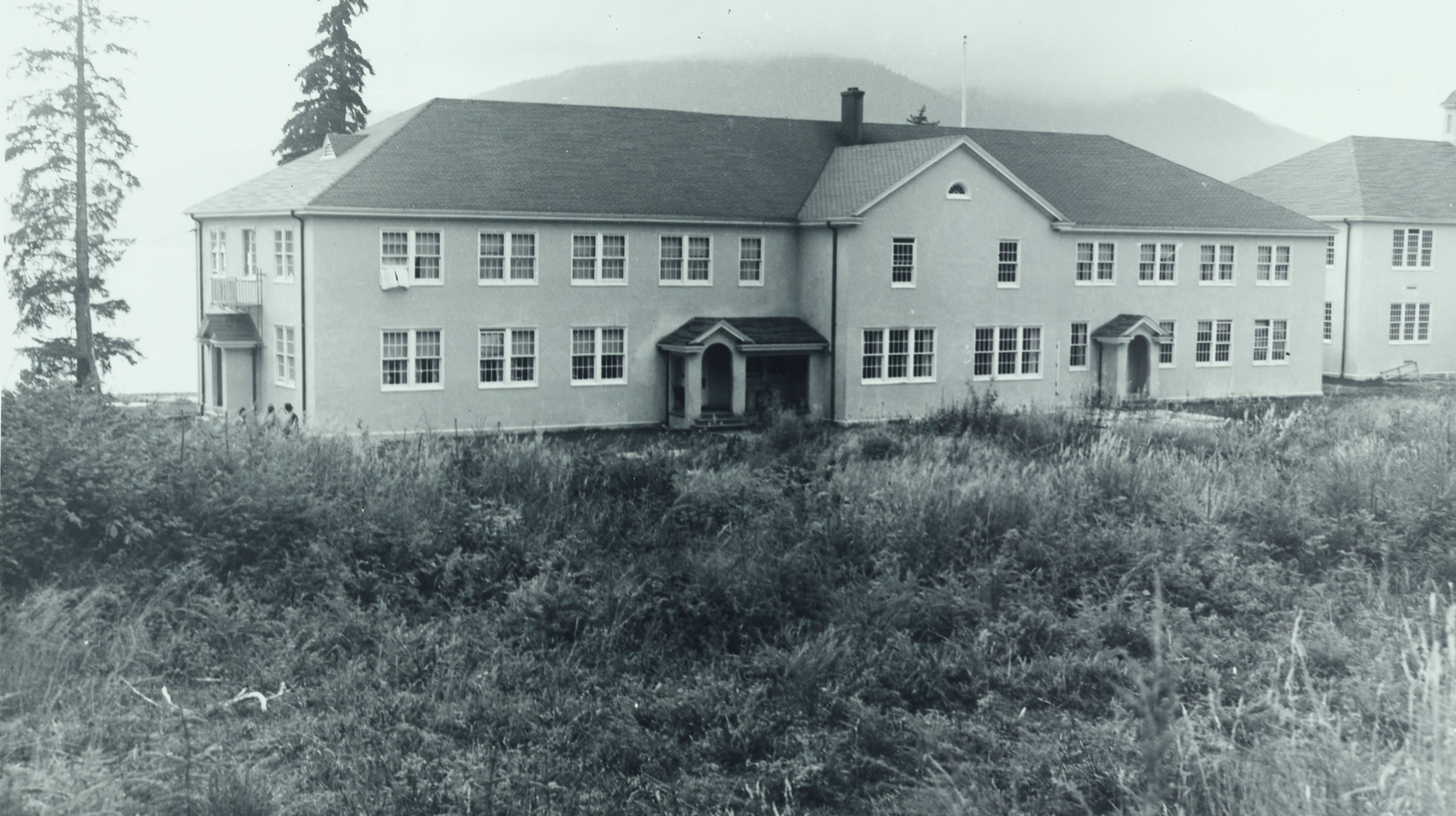
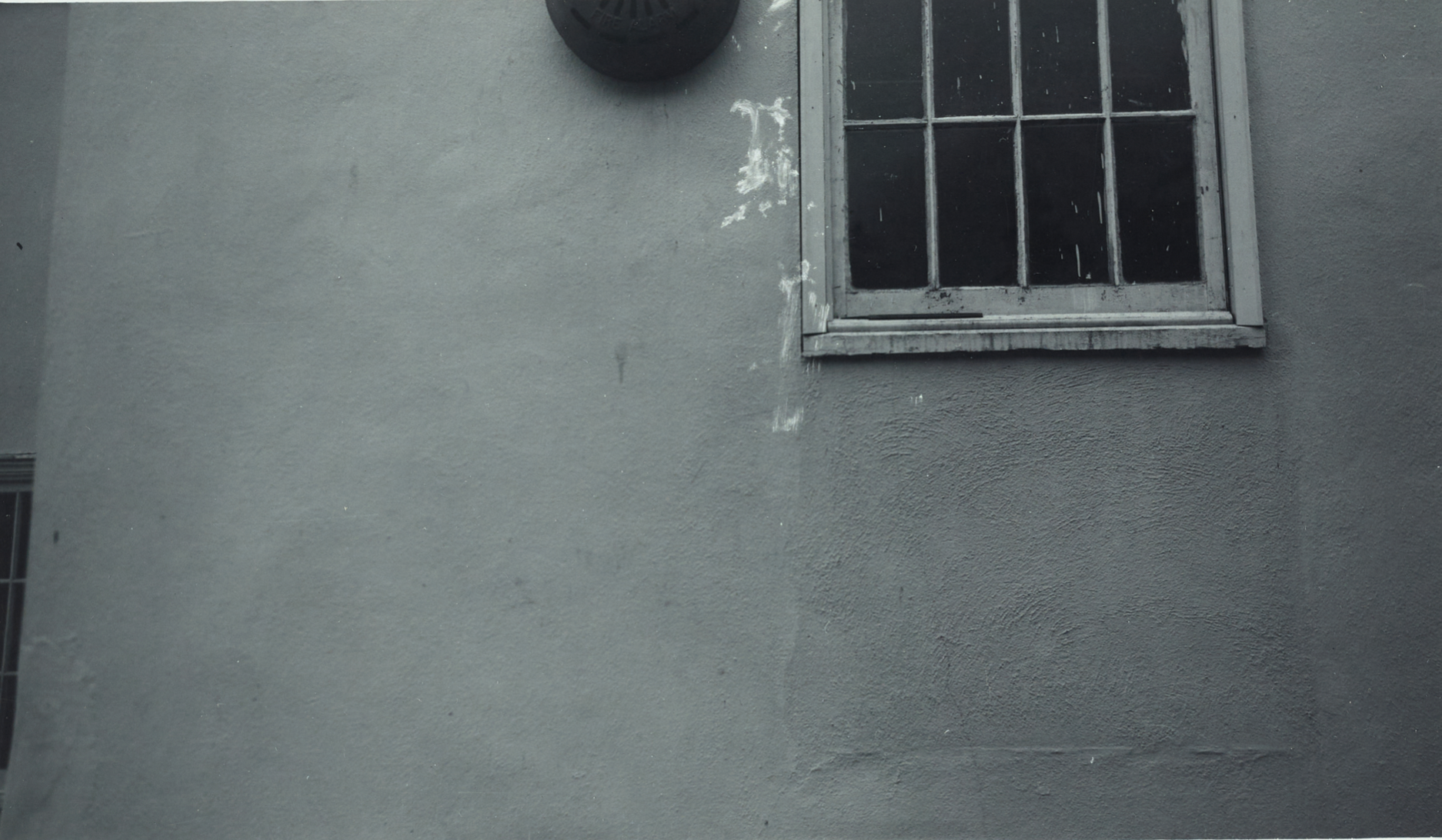
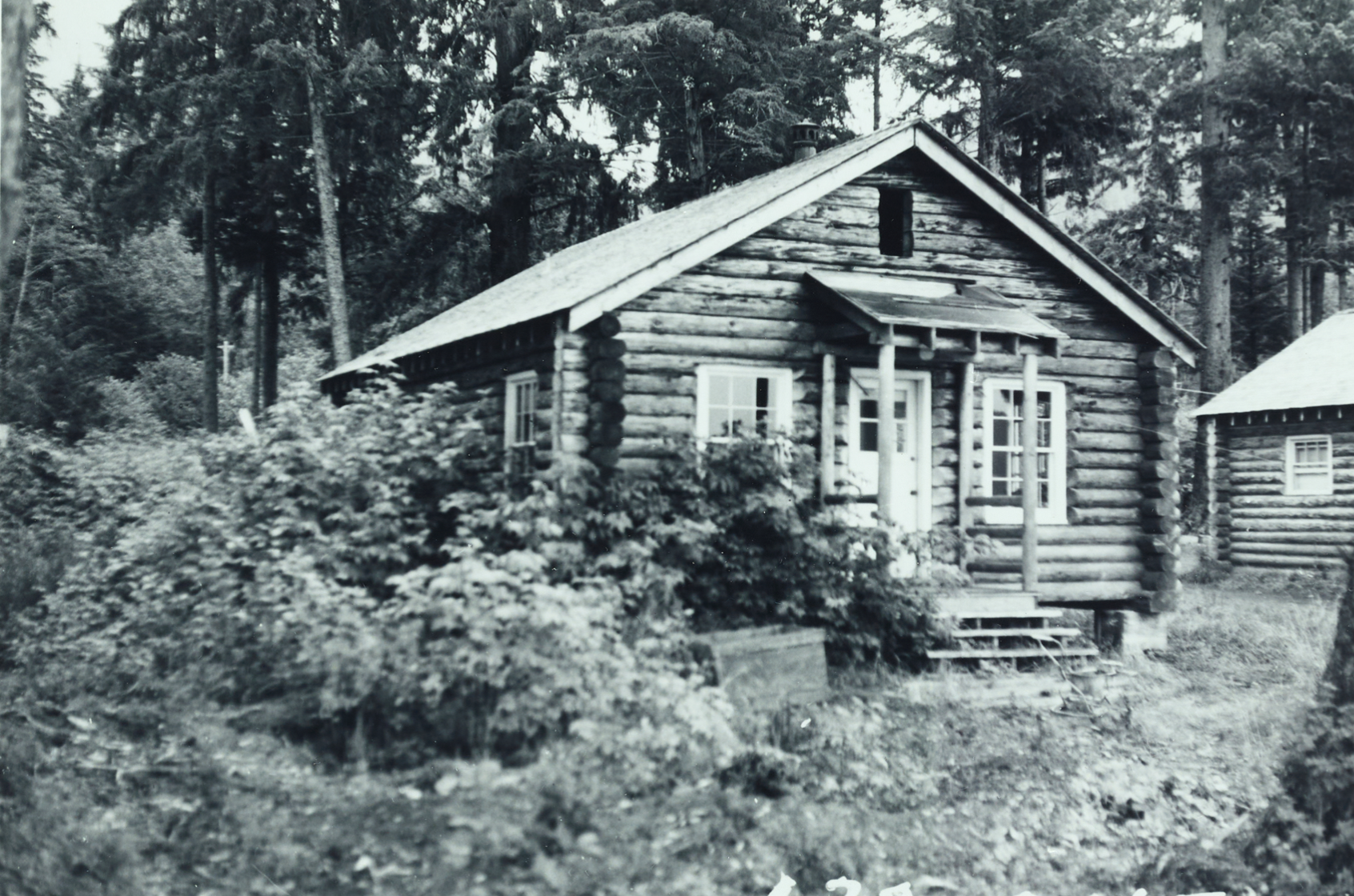
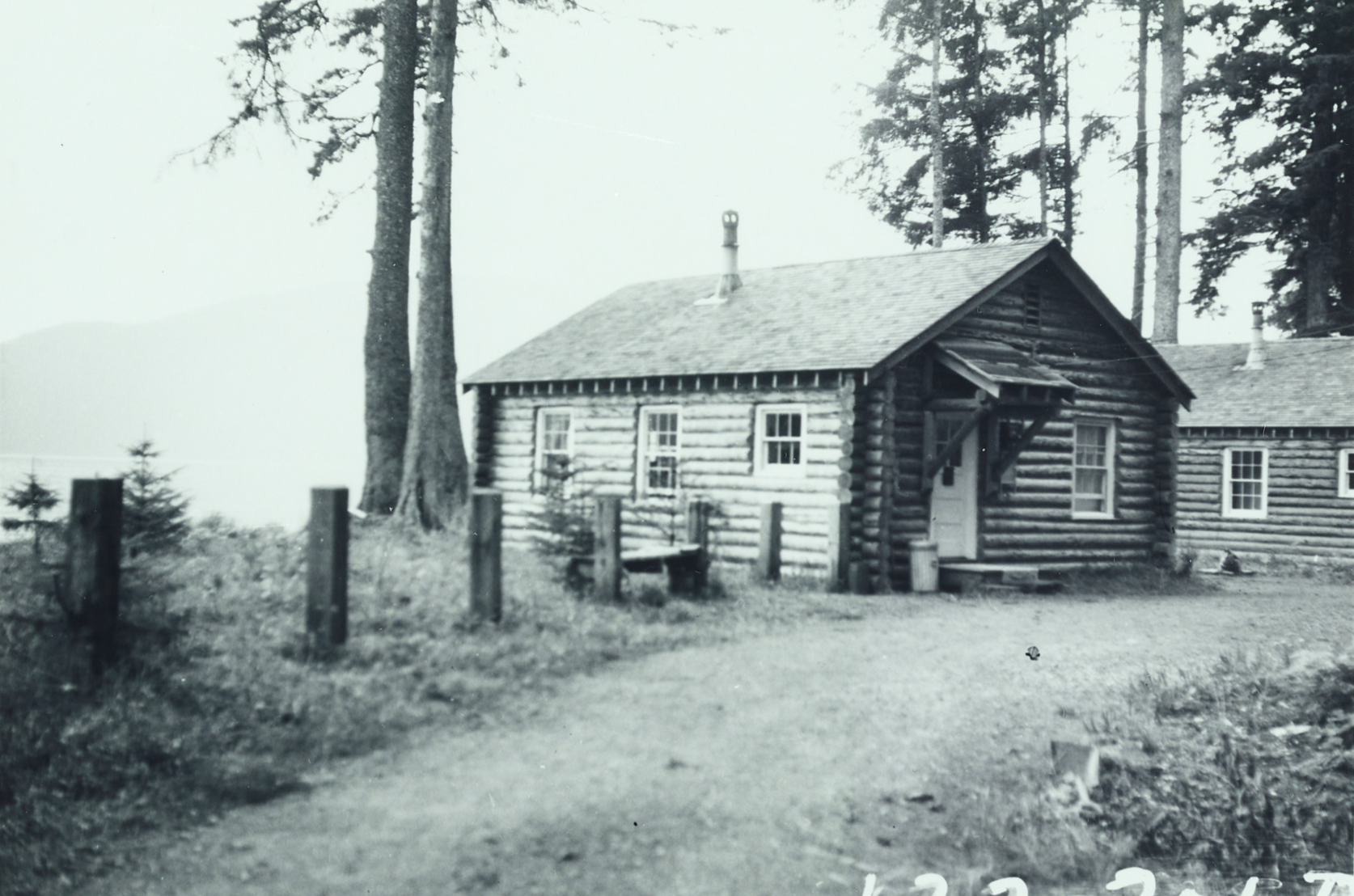
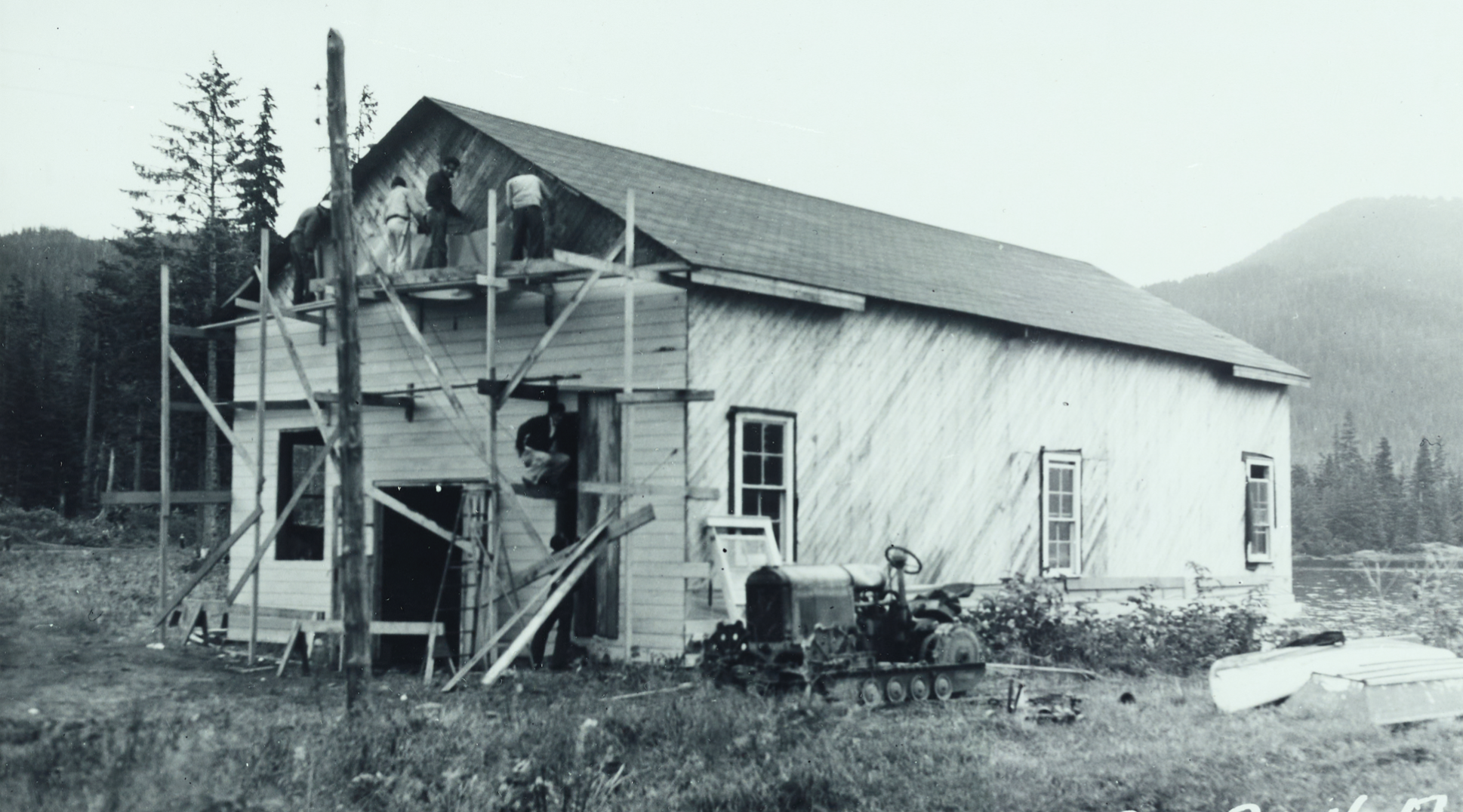
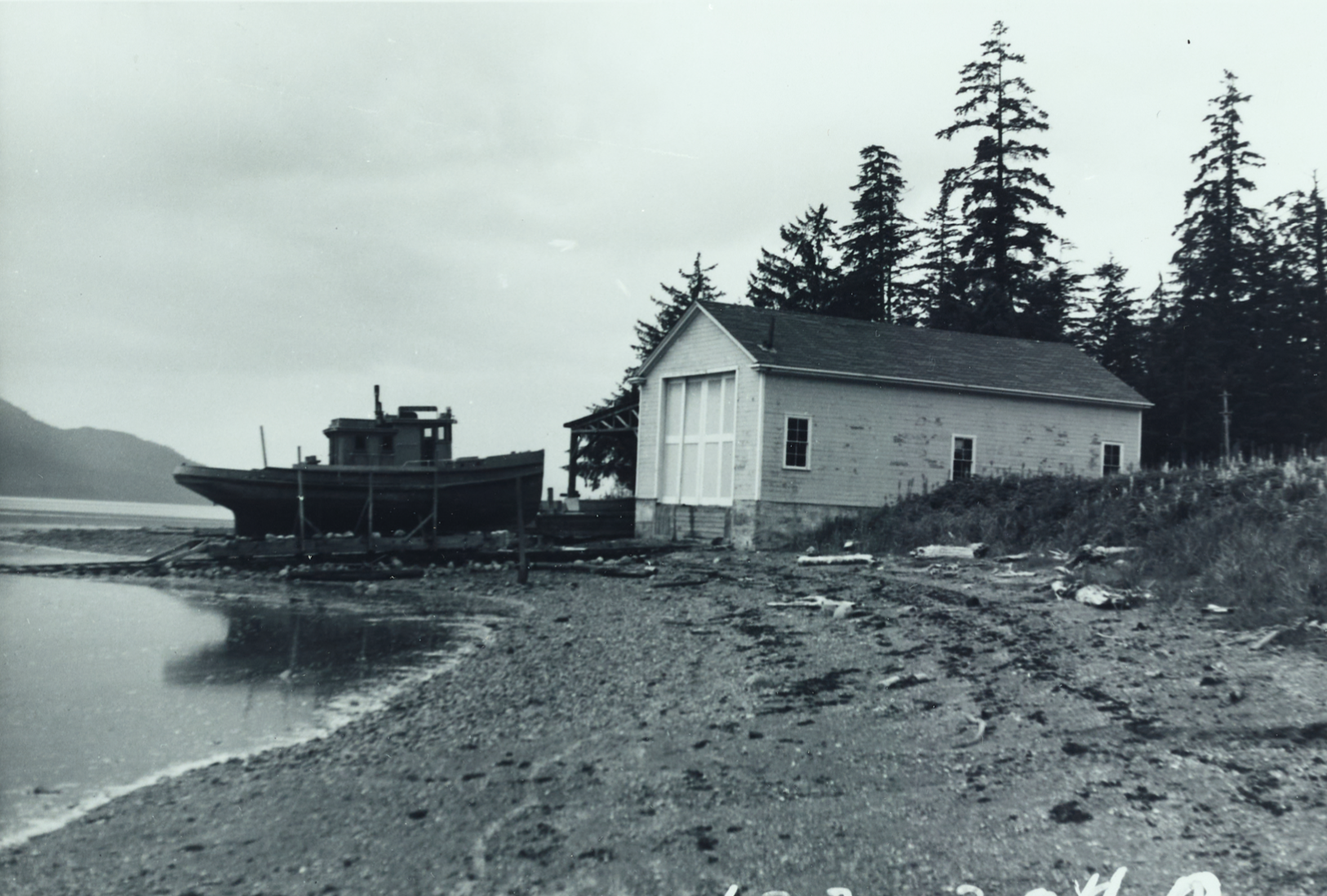
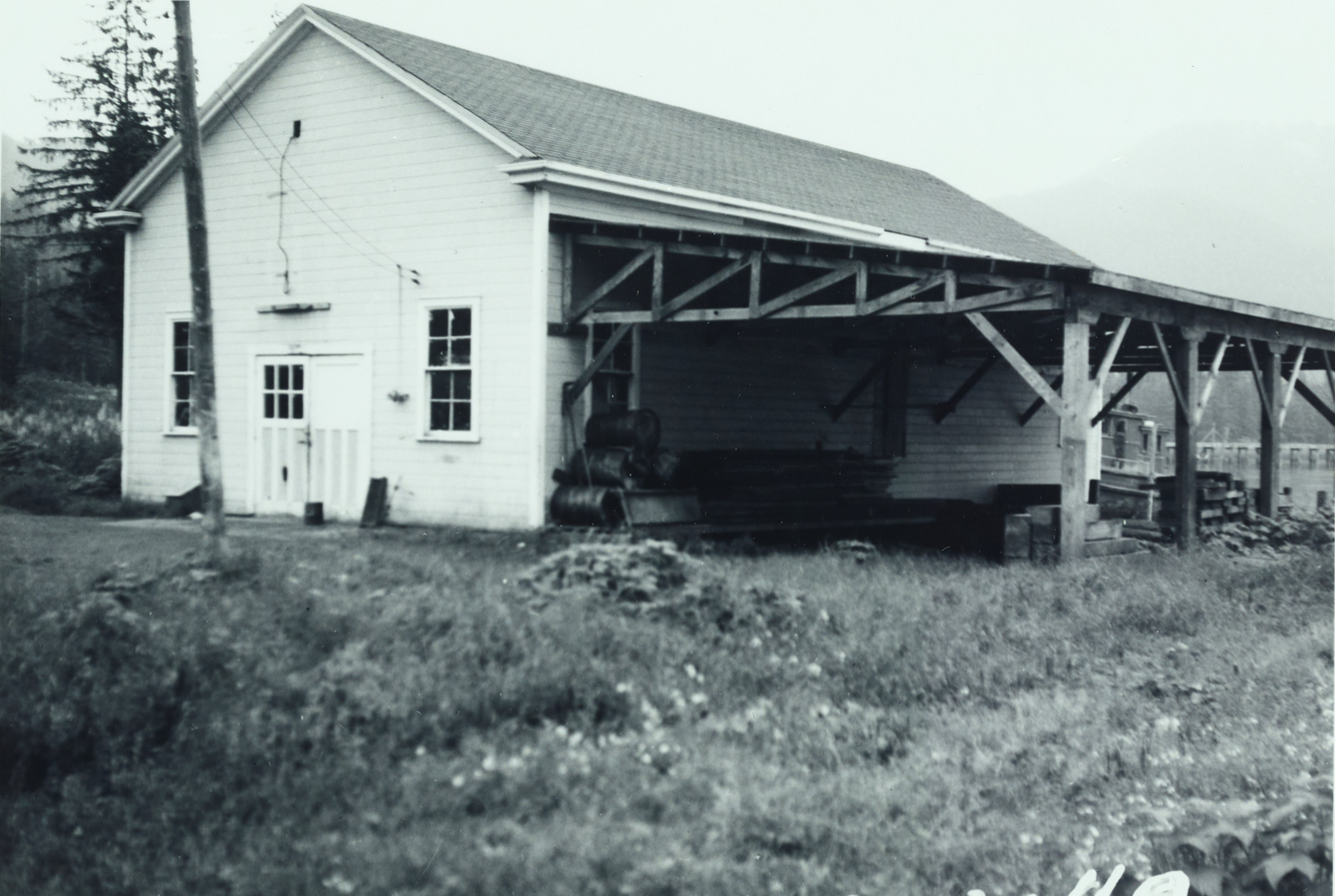
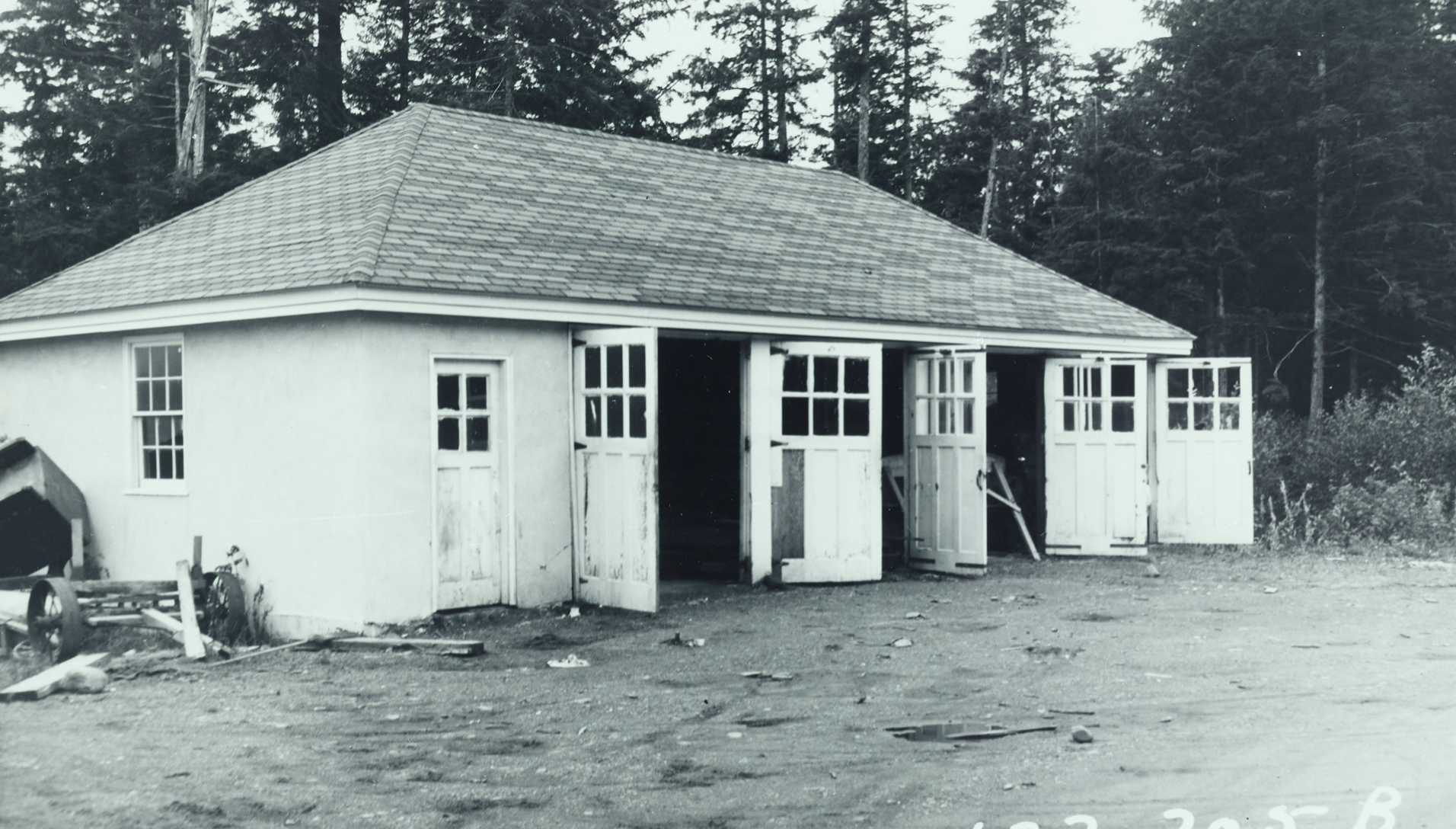
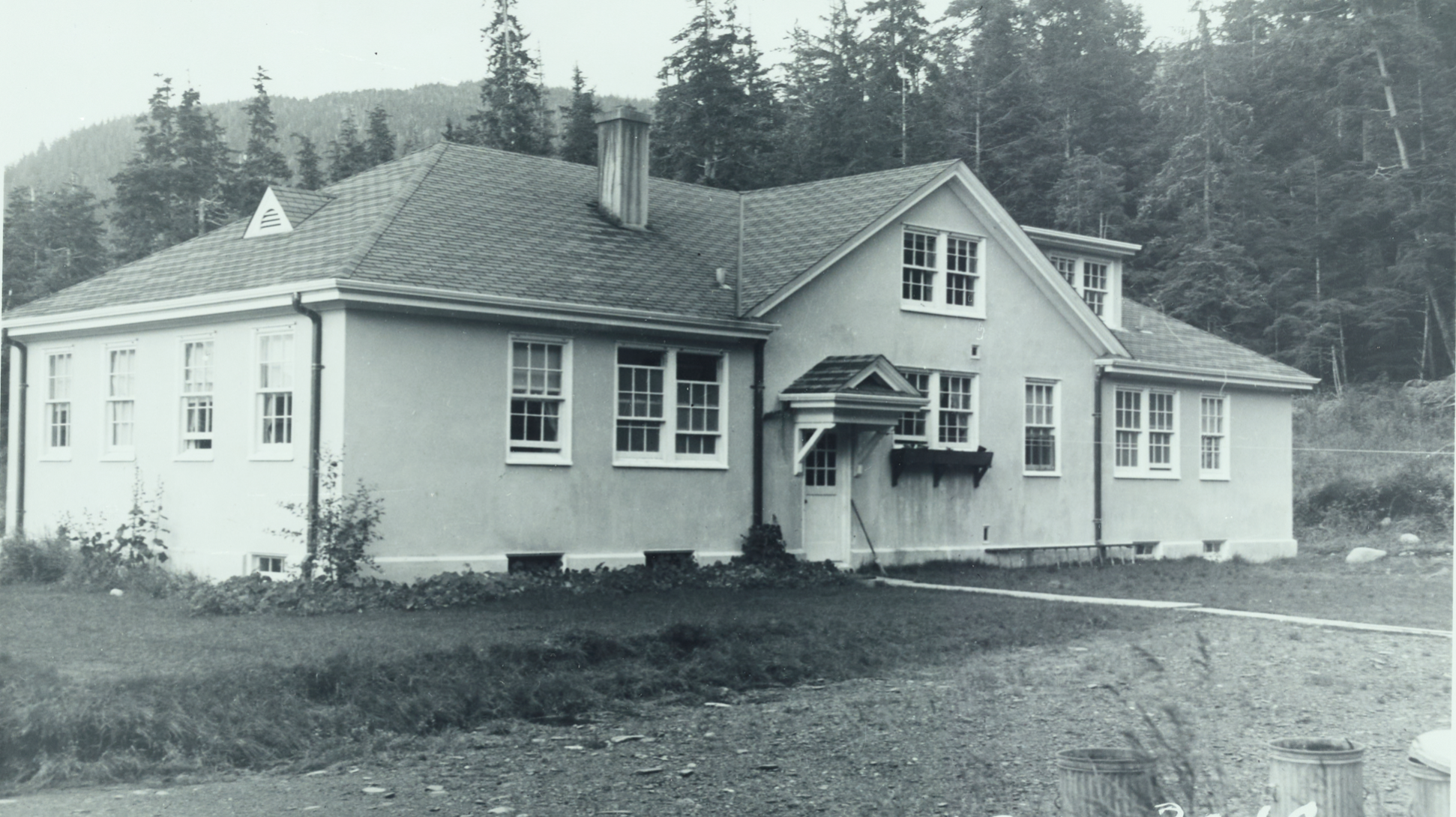
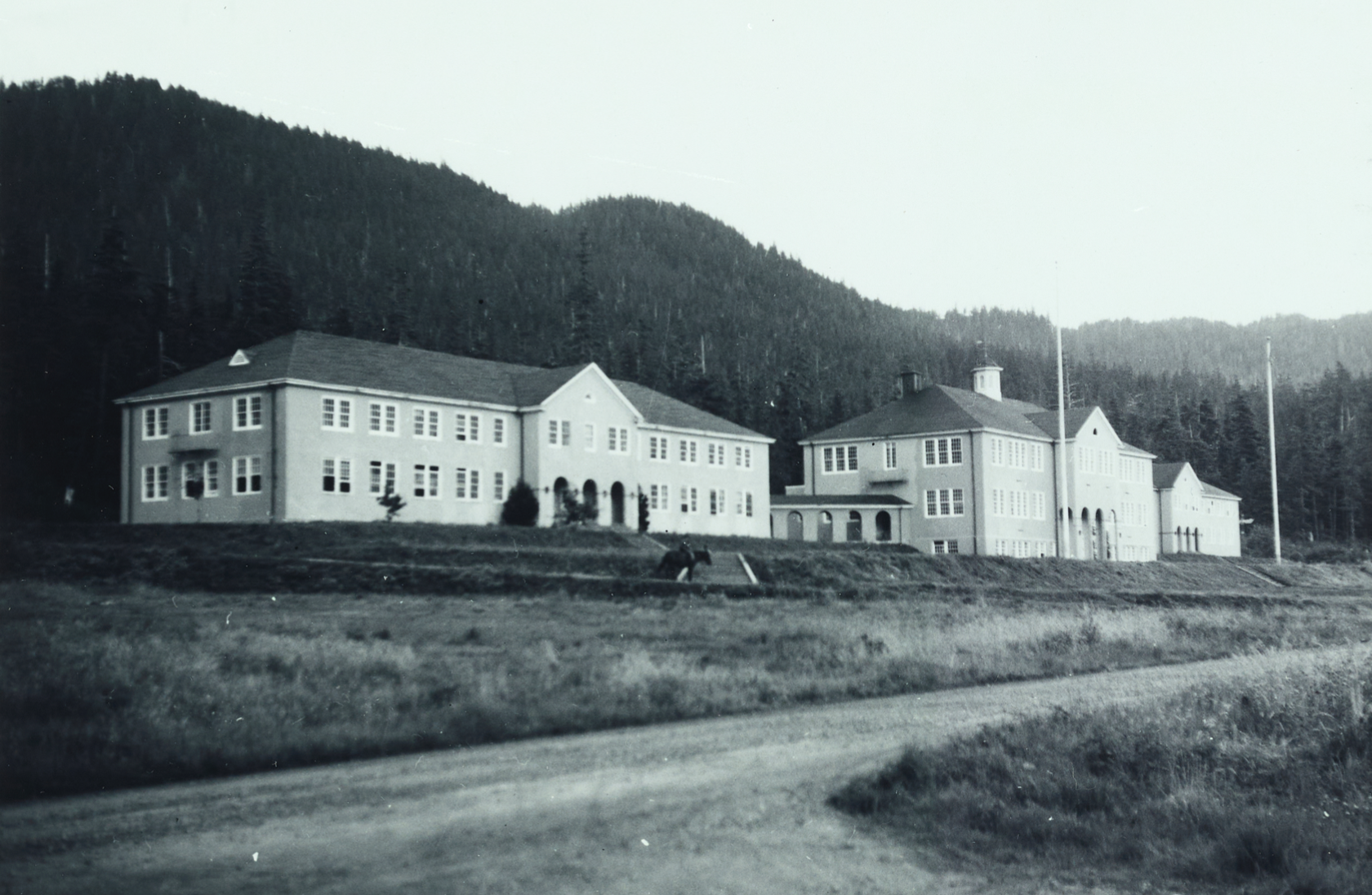
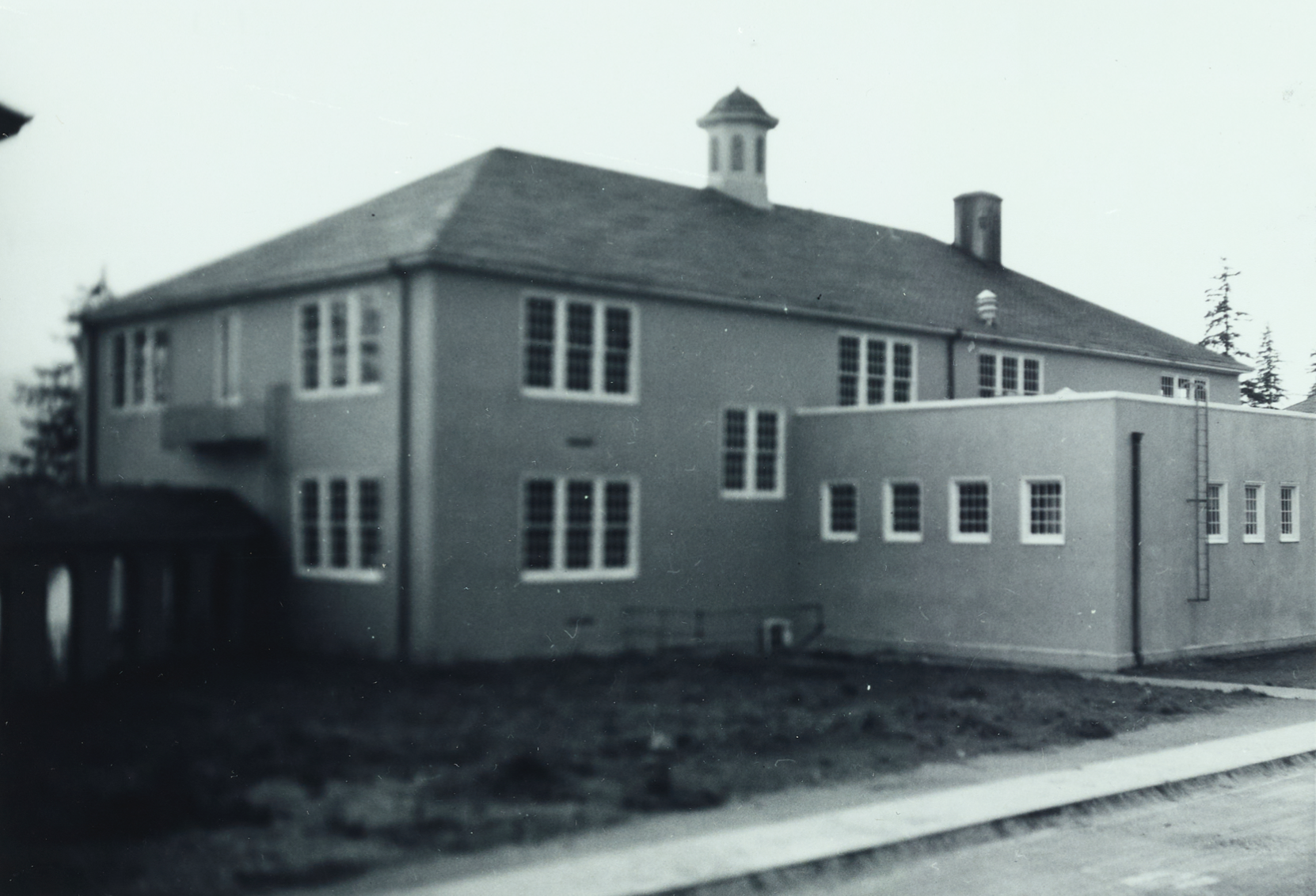
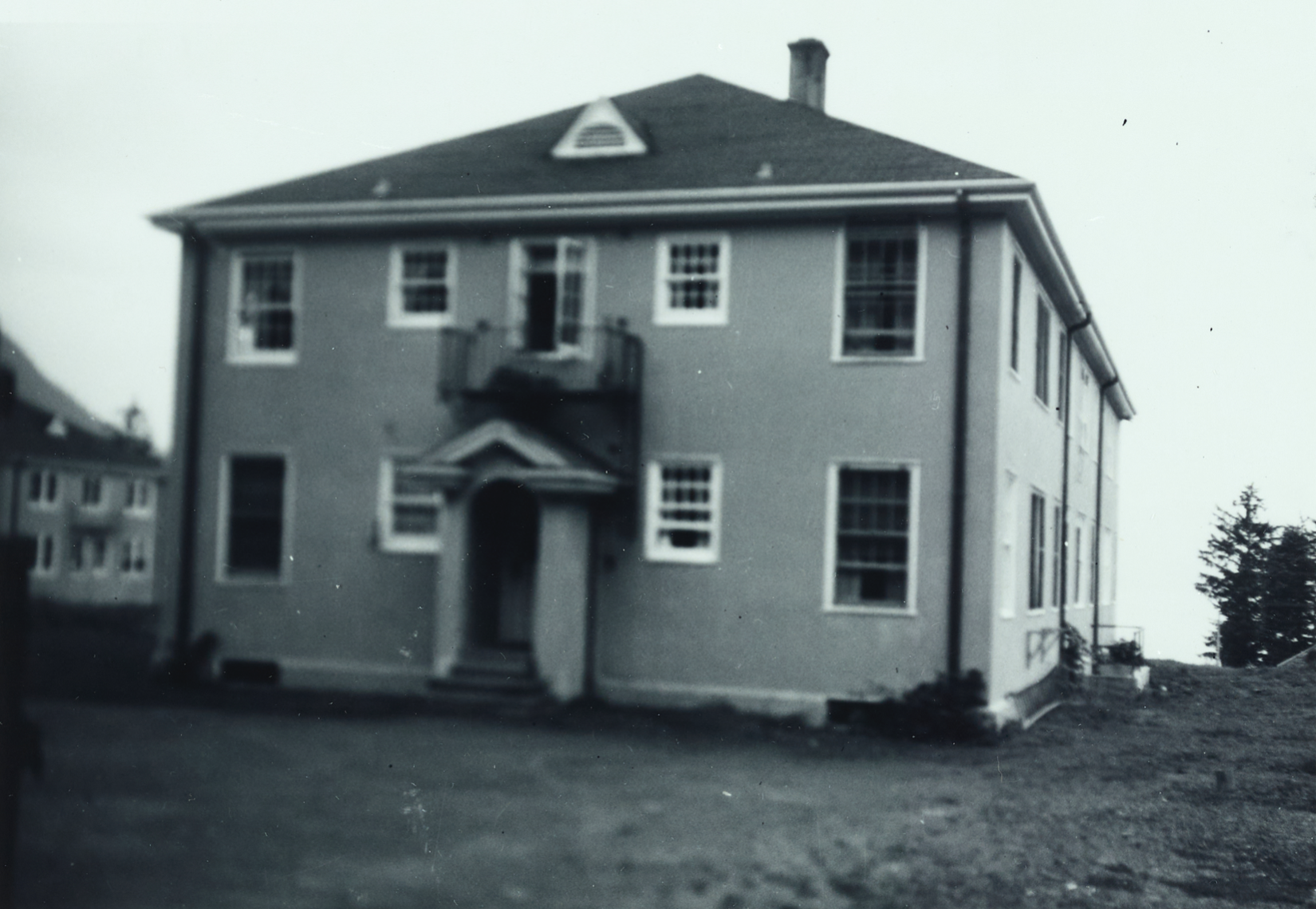
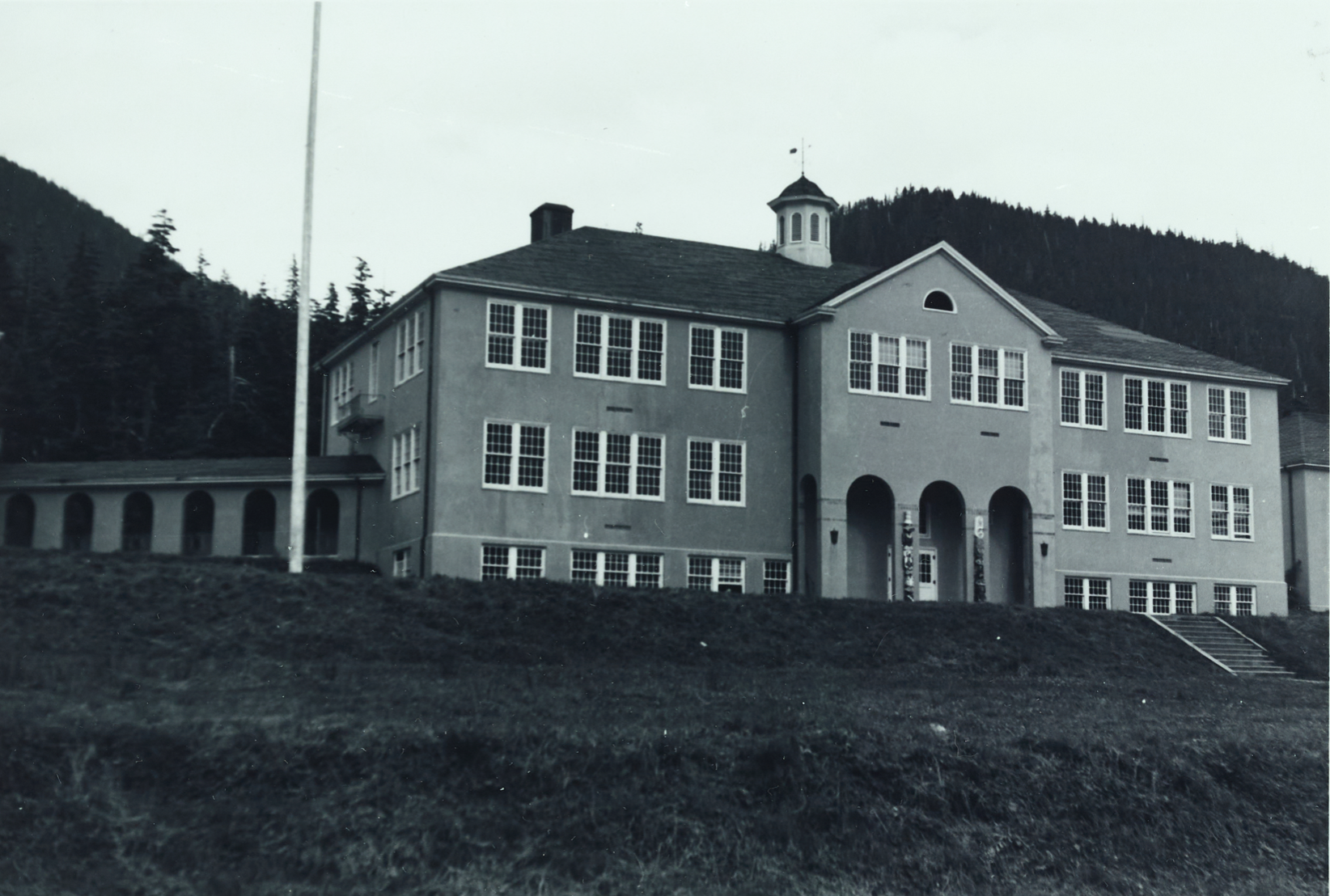
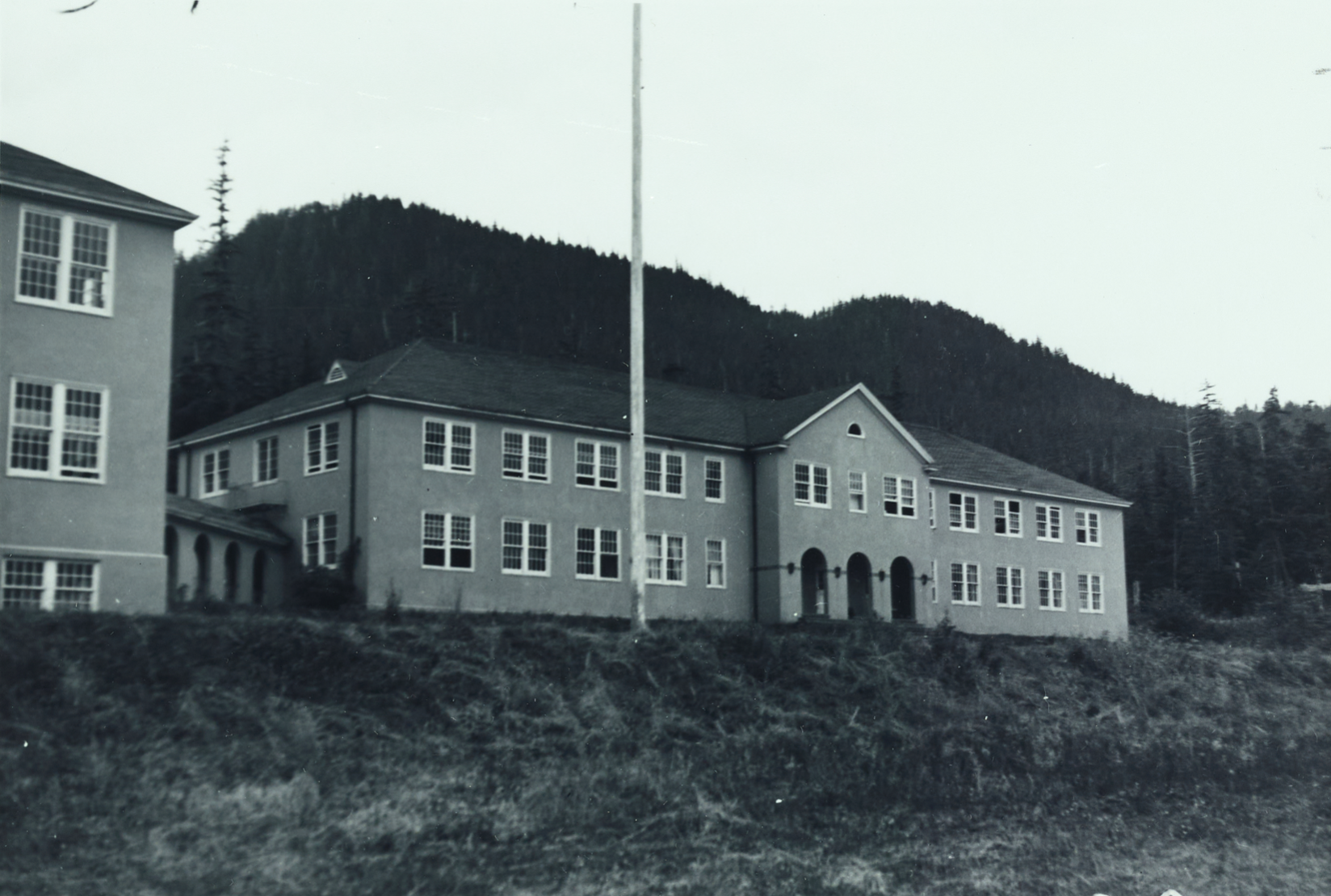
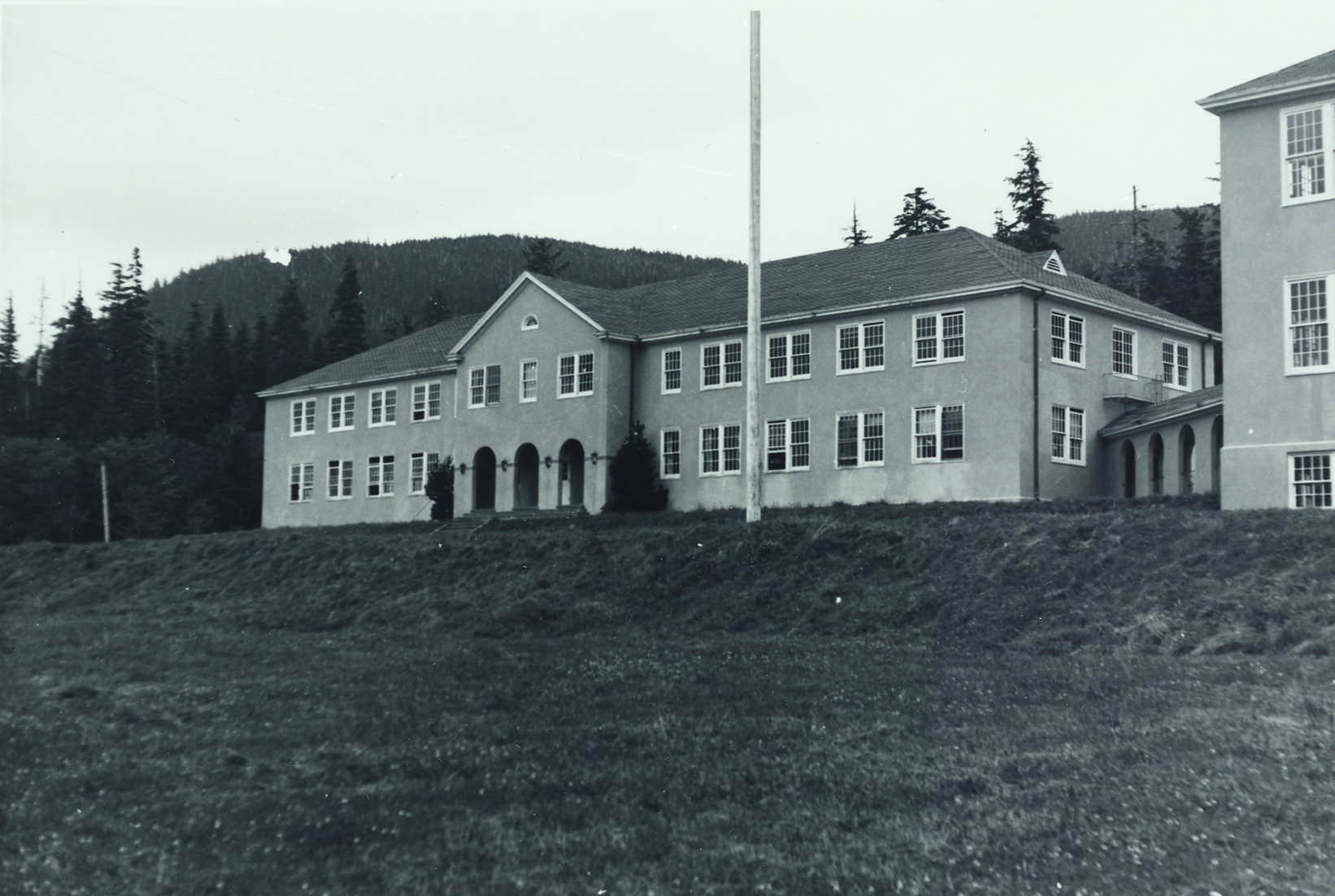
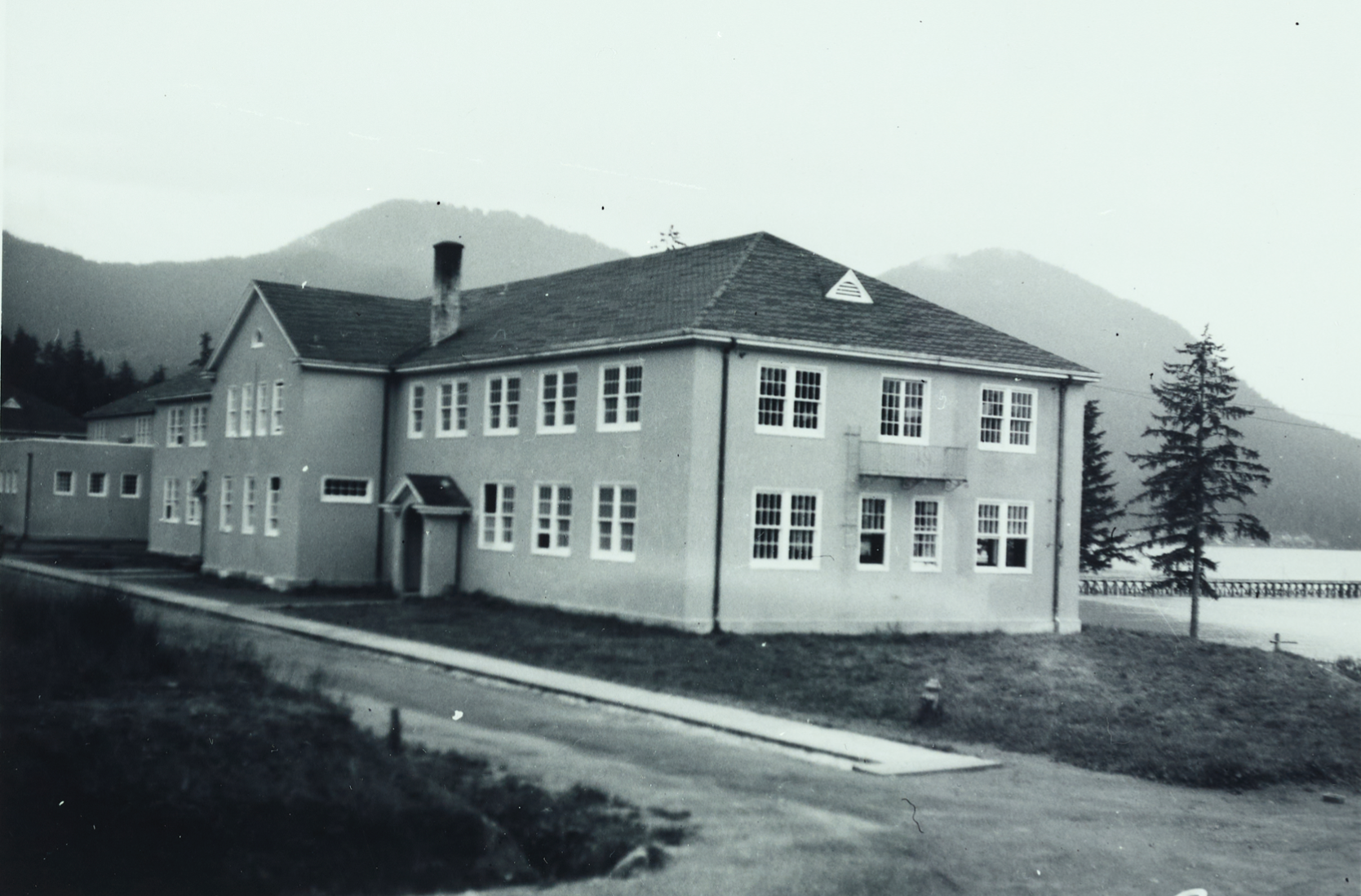
Enrollment
Enrollment. This chart of the Annual Enrollment of the Wrangell Institute is a work-in-progress. I relied upon multiple sources to put it together, and I still came up short. 1951 and 1952 are missing. I’m sure they’re out there. Get in touch if you have those years!
Index of Student Names who attended Wrangell Institute] Student Case Files, 1933–1975. This collection of nearly 3,000 names is provided by the National Native American Boarding School Healing Coalition.
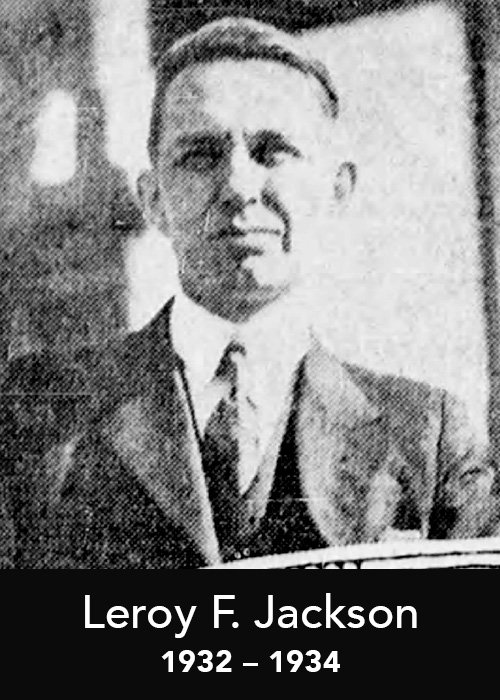
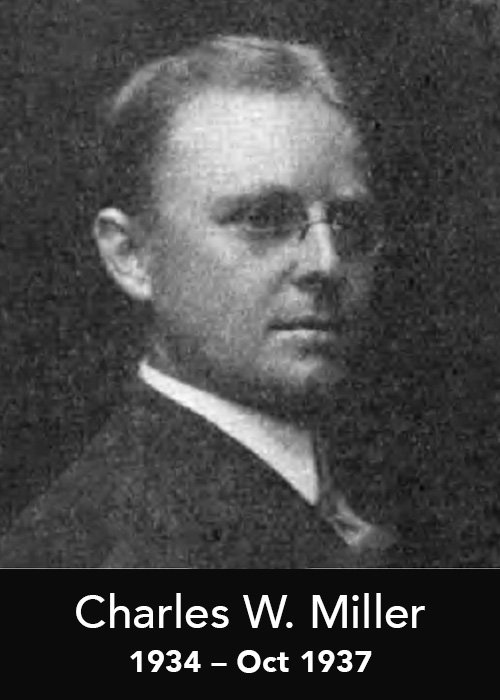

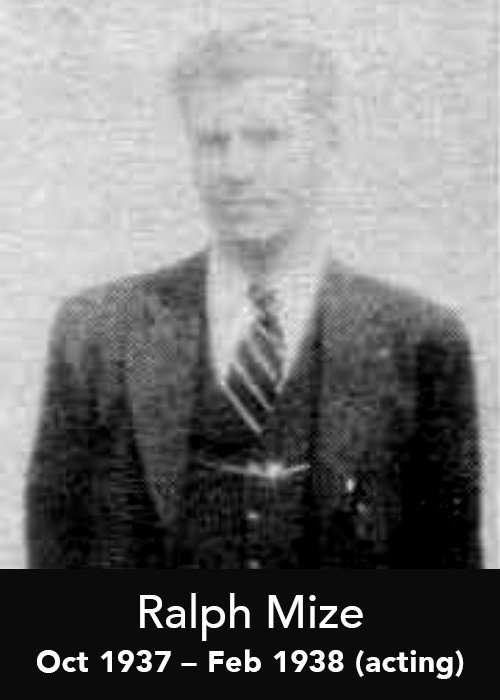
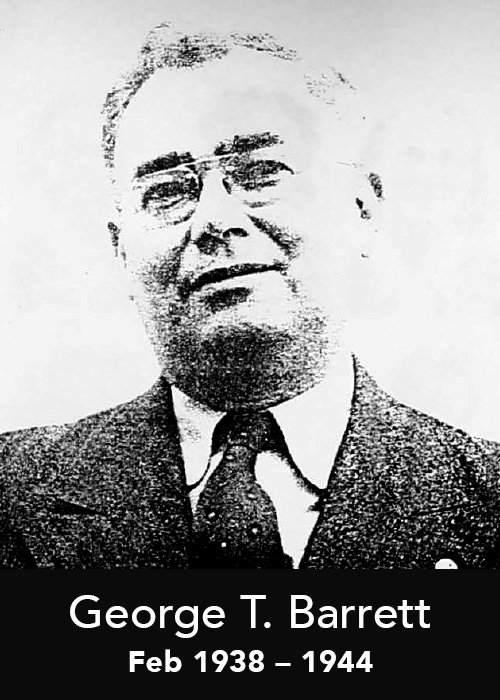
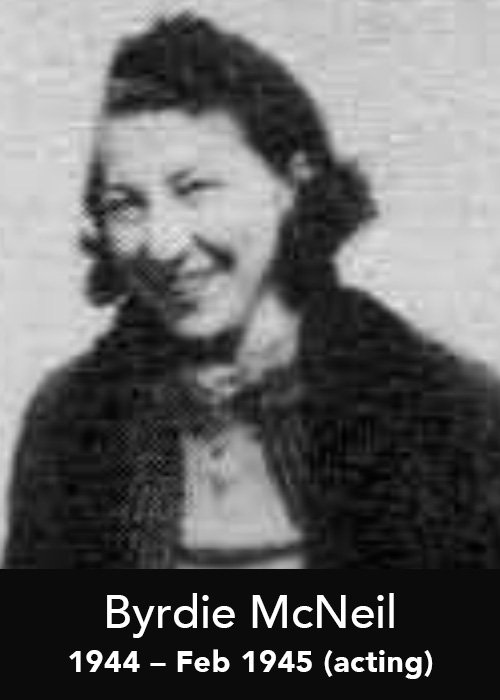
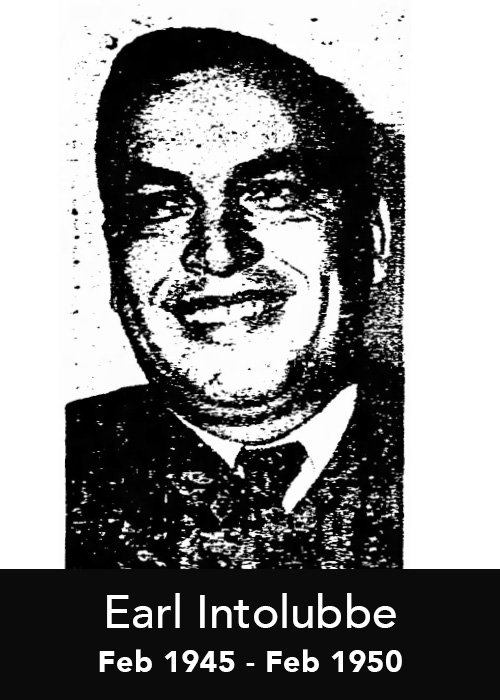

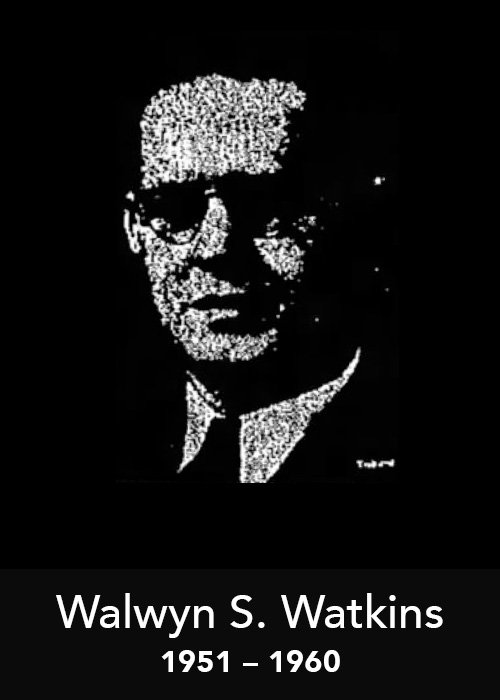
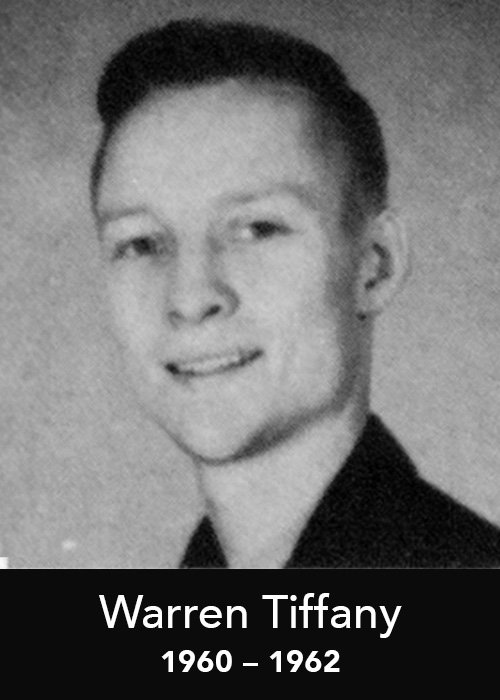

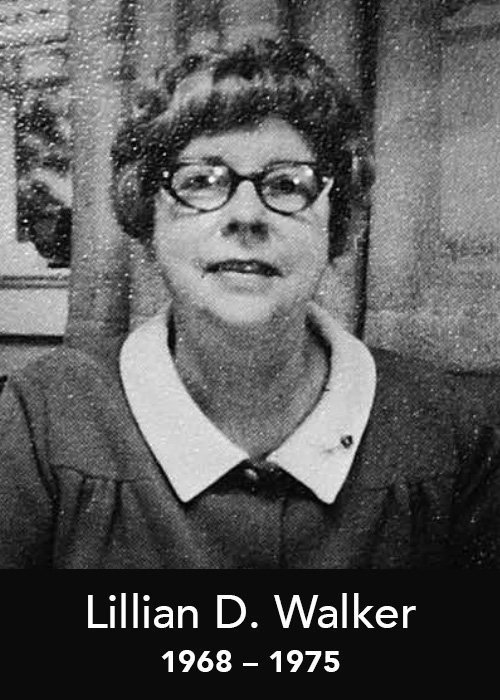
The Rise of Indian Boarding Schools in Alaska
Alaska’s first Indian boarding school under the United States began in Fort Wrangel. In 1878, Presbyterian missionary Amanda R. McFarland converted a day-school into a boarding school for Tlingit girls. Other mission schools soon followed. Fort Wrangel’s school evolved into the Tlingit Training Academy which operated for several years in the 1880s.
Federal Indian Boarding Schools in Alaska by Year of Operation. I constructed this chart based off a list of boarding schools identified by the BIA as being operated or funded by the U.S. government. I used the Years of Operation as described in the BIA report, but it’s possible that some years might need adjustment. Help to improve this chart by sharing what you know.
With limited education options in Alaska, many Indigenous teenagers and young adults of this era attended boarding schools outside of Alaska, in places like Forest Grove, Chemawa, Haskell, and Carlisle Indian Industrial School.
Wrangell Institute High School
(1932 - 1947)
The Wrangell Institute began operations in the fall of 1932. Less than 10 staff members worked with a student population averaging around 60 pupils. Most of the students were Indigenous teens from southeast Alaska.
Yearbooks: ‘33 | ‘34 | ‘35 | ‘36 | ‘37 | ‘38 | ‘39 | ’40 | ‘41 | ‘42 | ‘43 | ‘44 | ‘45 | ‘46 | ‘47
Video of Episcopal Bishop Peter Trimble Rowe meeting with students at the Wrangell Institute, early 1930s. Begins at the 1:29 mark.
Dr. Gil Truitt describes his youth in southeast Alaska, including his formative years at the Wrangell Institute. (1:01:00 mark, 1:24:00 mark, 1:38:00 mark)
Color reel video depicting Wrangell, Alaska. Wrangell Institute is shown around the 1:39 mark.
Nathan Jackson describes time at the Wrangell Institute, including crafting Native art. (5:30 mark and 20:20 mark)
Carol Feller Brady discusses her life, including her time at the Wrangell Institute. Her autobiography, Through the Storm Toward the Sun, is free to read online.
1942 UnangaX (Aleut) Evacuation
In 1942, as the United States battled Japan in the Pacific , the U.S. Army forcibly evacuated the Indigenous people of the Aleutian Islands, the Unangax. The Army deposited many evacuees at the Wrangell Institute, housing them in tents. While some of the evacuees enrolled in the school, most were sent to an abandoned cannery at Burnett Inlet where conditions were extremely harsh.
Broken Seals - A Documentary Directed by Rimone Brandom
Oral History With Unangax̂ (Aleut) Internment Survivor Larry Chercasen
Learn more about the Unangax Evacuation:
One Year Podcast: 1942, When Internment Came to Alaska
When the Wind was a River, by Dean Kohlhoff
With WWII over, the Bureau of Indian Affairs (BIA) acquired the military’s abandoned airbase at Mt. Edgecumbe. In 1947, the BIA quickly transferred the students to Mt. Edgecumbe, which still operates to this day.
Wrangell Institute Elementary/Junior High School
(1947 - 1975)
In the fall of 1947, the Wrangell Institute reopened as a school for elementary and middle school grades.
Yearbooks: ‘48 | ‘49 | ’50 | ‘51 | ‘52 | ‘53 | ‘54 | ‘55 | ‘56 | ‘57 | ‘58 | ‘59 | ’60 | ‘61 | ‘62 | ‘63 | ‘64 | ‘65 | ‘66 | ‘67 | ‘68 | ‘69 | ’70 | ‘71 | ‘72 | ‘73 | ‘74 | ‘75
Wrangell Eagle:
55: JAN | FEB | MAR | APR | MAY | OCT | NOV | DEC
56: JAN | FEB | MAR | APR | MAY | OCT | NOV | DEC
57: JAN | FEB | MAR | APR | MAY | OCT | NOV | DEC
58: JAN | FEB | MAR | APR | MAY | OCT | NOV | DEC
59: JAN | FEB | MAR | APR | MAY | OCT | NOV | DEC
60: JAN | FEB | MAR | APR | MAY | SEP | NOV | DEC
61: JAN | FEB | MAR | APR | MAY | OCT | NOV | DEC
62: JAN | FEB | MAR | APR | MAY | OCT | NOV | DEC
63: JAN | FEB | MAR | APR | MAY | OCT | NOV | DEC
64: JAN | FEB | MAR | APR | MAY | OCT | NOV | DEC
65: JAN | FEB | MAR | APR | MAY | OCT | NOV | DEC
66: JAN | FEB | MAR | APR | MAY | OCT | NOV | DEC
67: JAN | FEB | MAR | APR | MAY | OCT | NOV | DEC
68: JAN | FEB | MAR | APR | MAY | OCT | NOV | DEC
View the December 1962 Christmas Card and the Tundra Times editorial.
Many students of the Wrangell Institute also attended Mt. Edgecumbe High School, established in 1947. To see Mt. Edgecumbe’s historic yearbooks, search “Taheta” on the National Archives catalog.
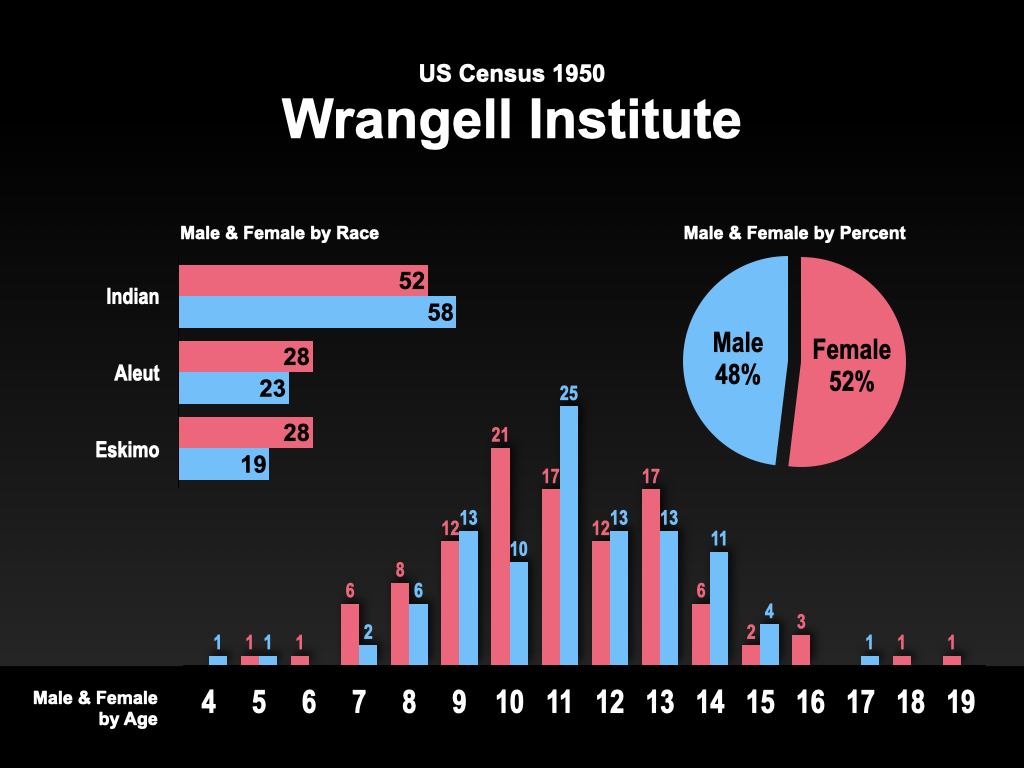
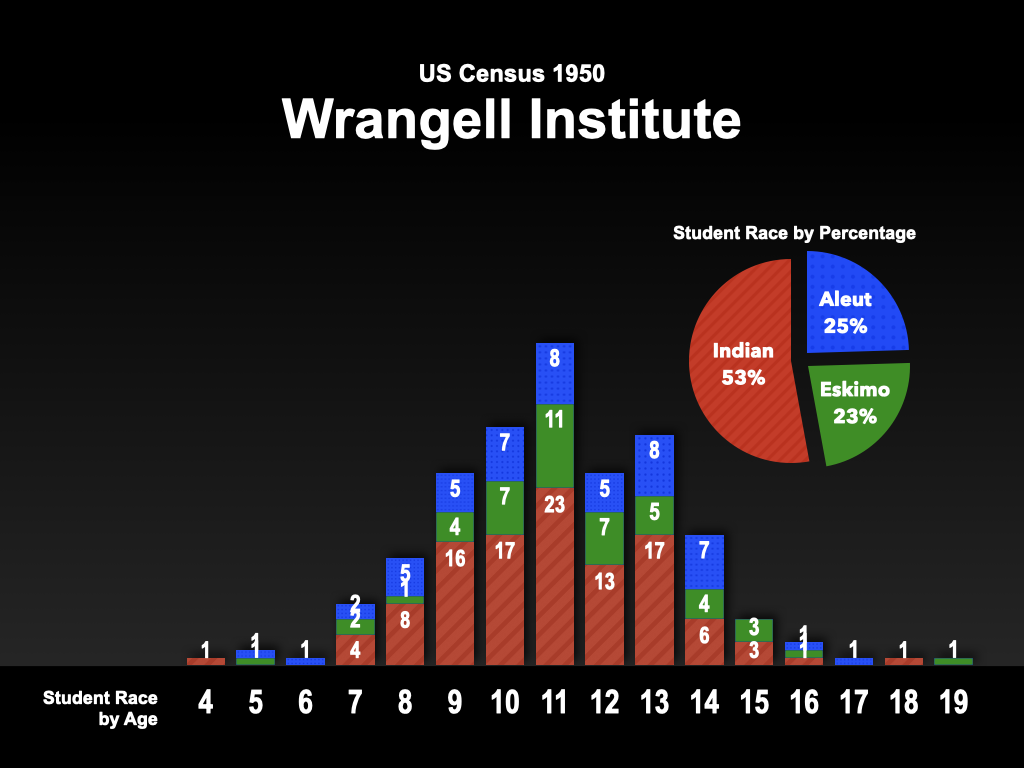
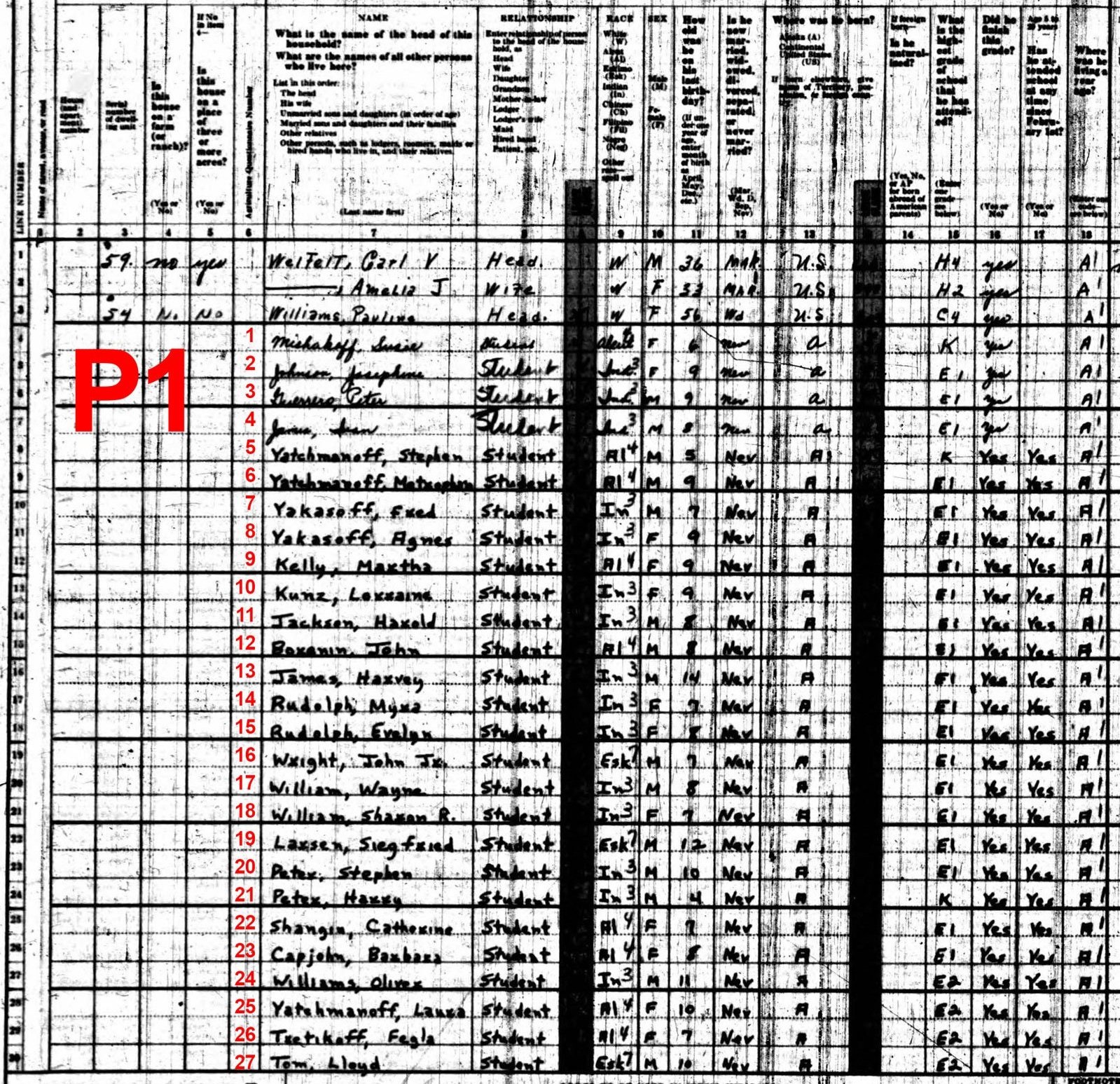
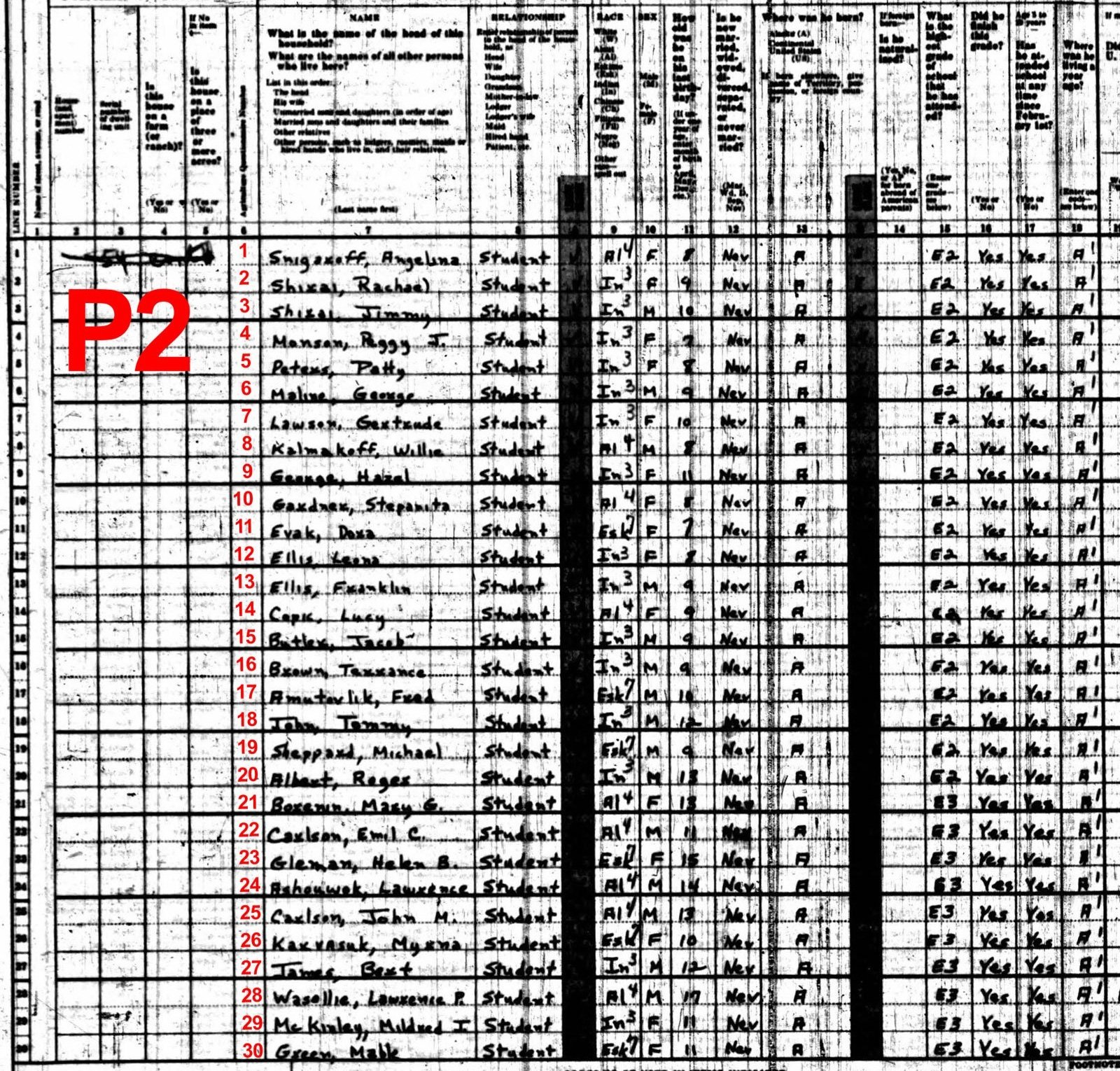
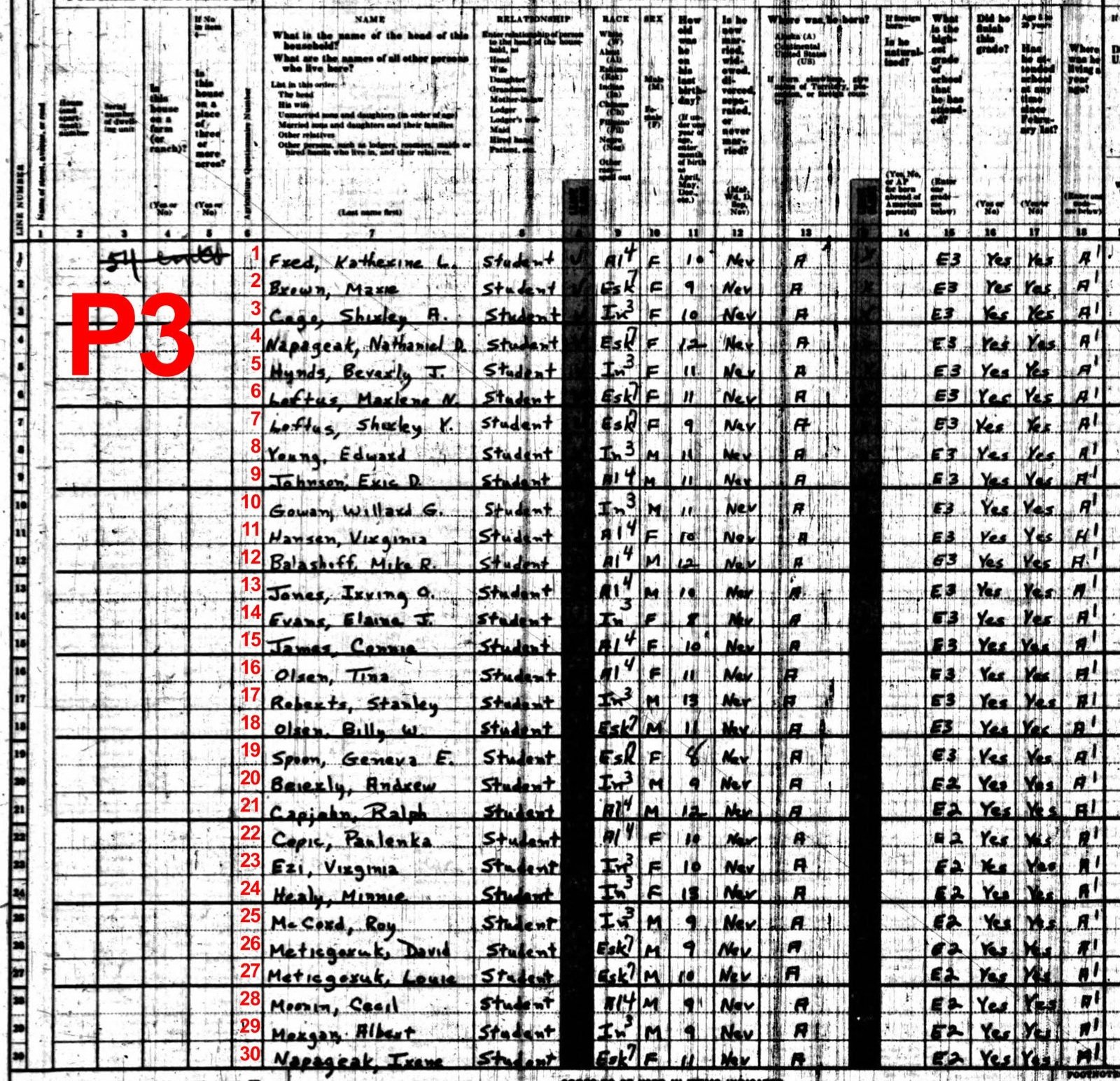
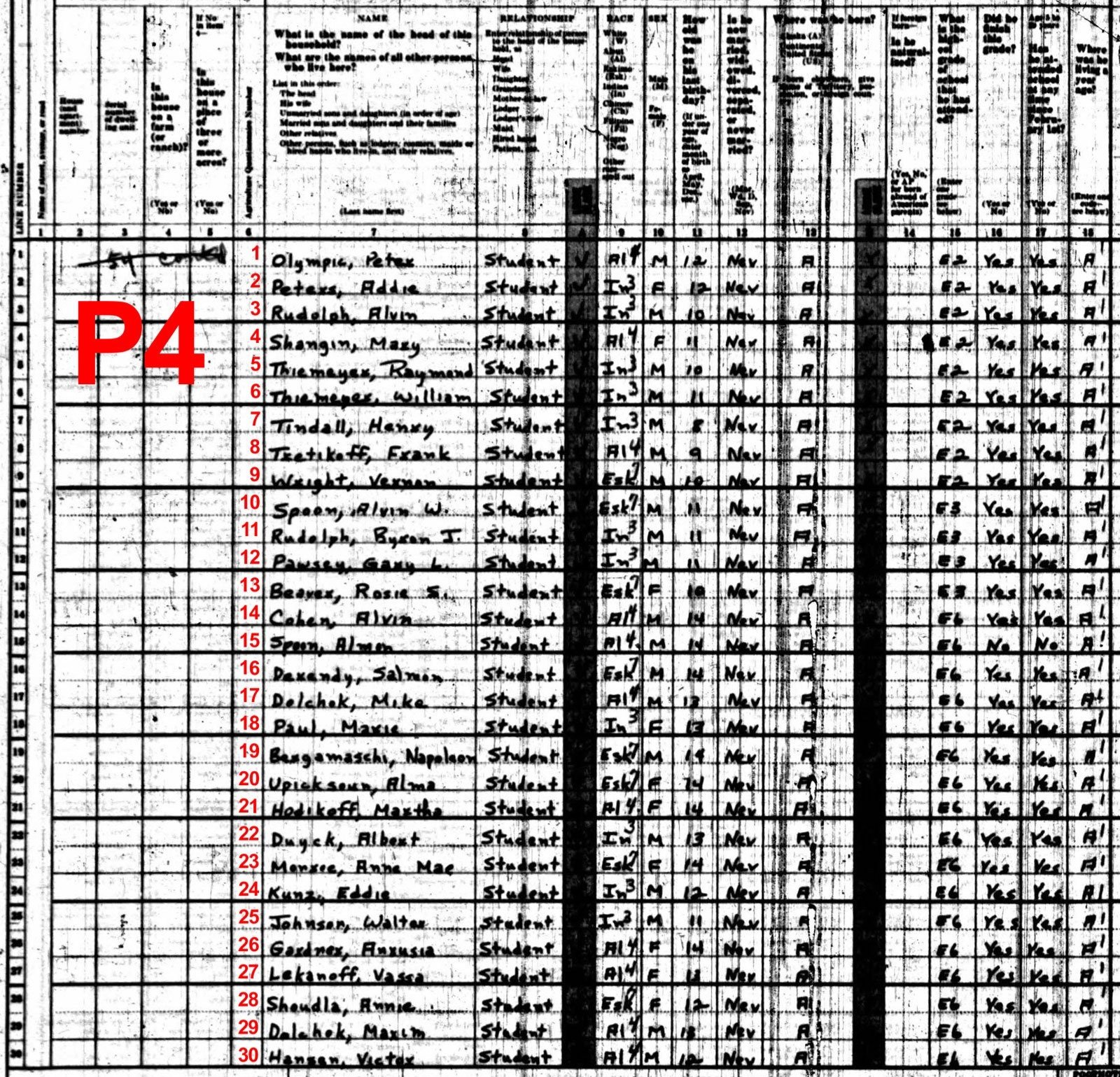
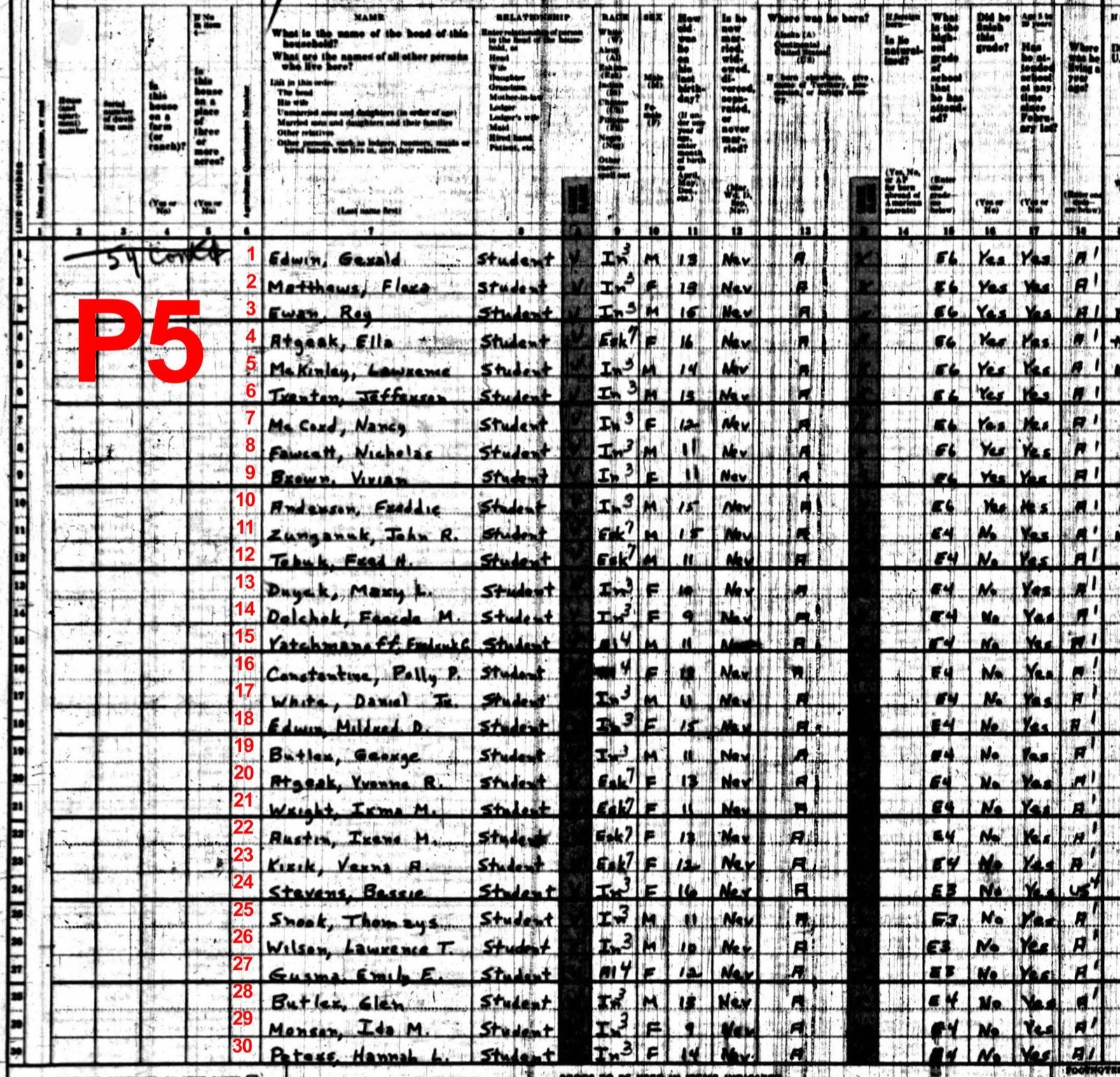
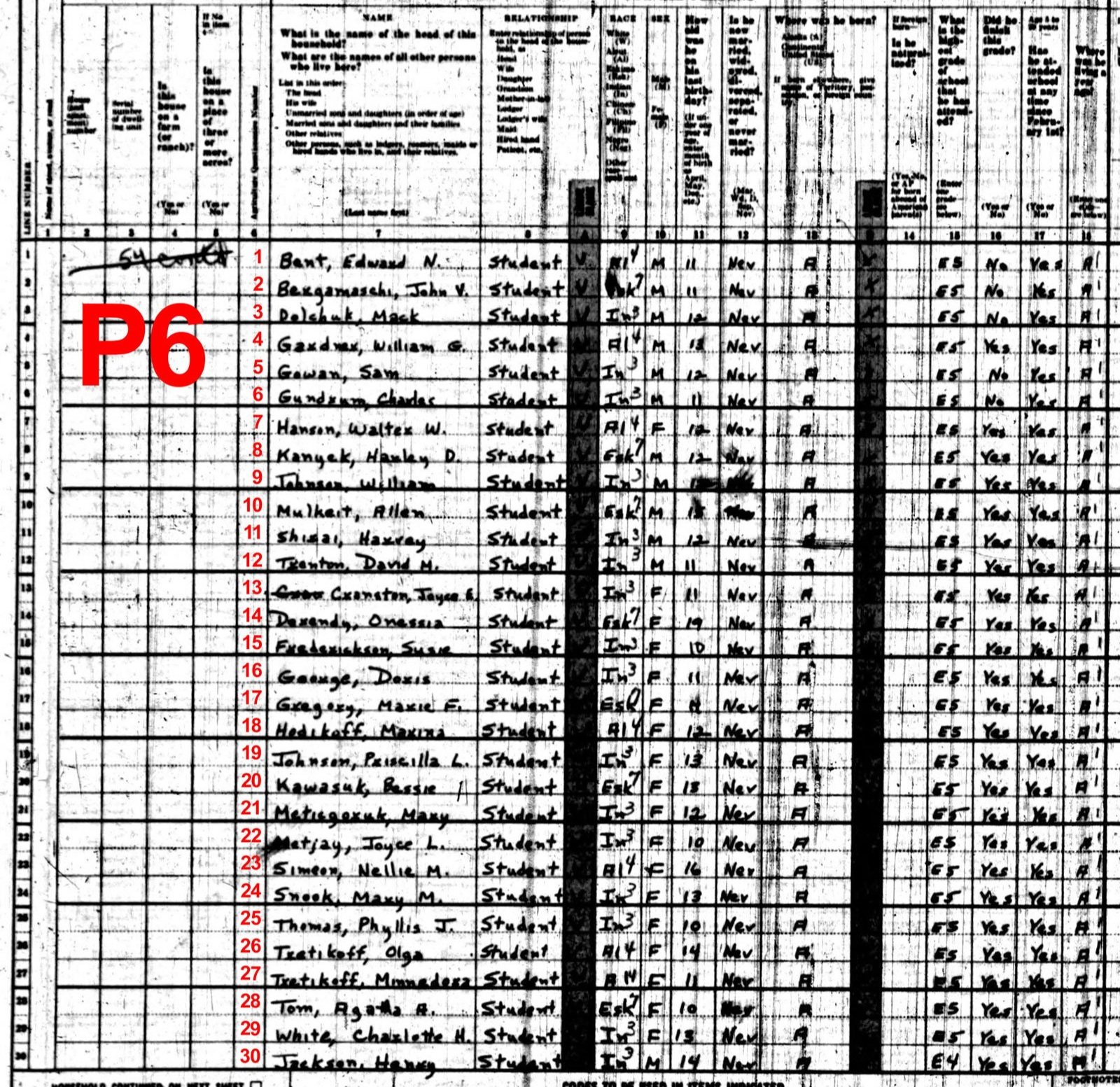
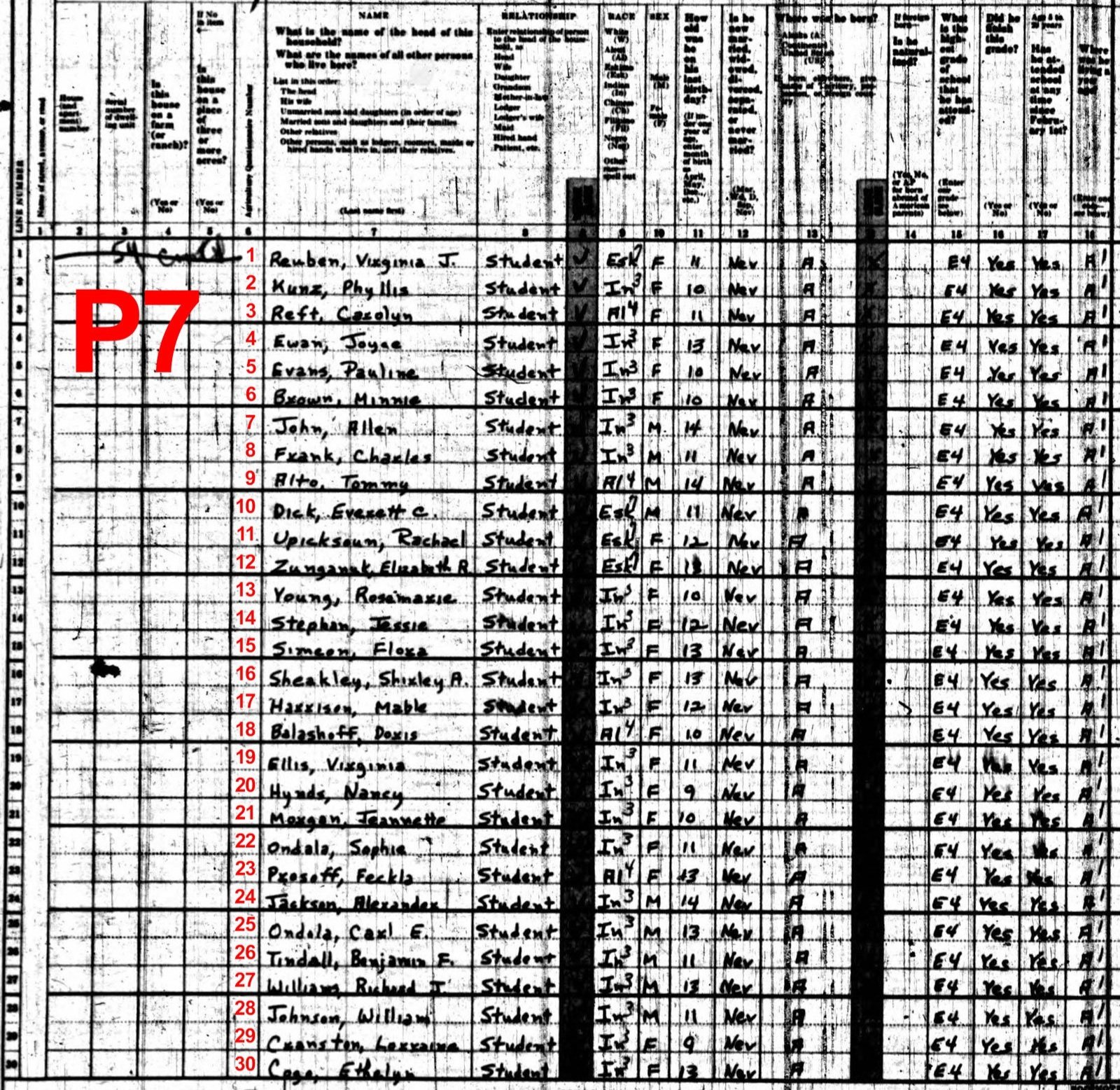
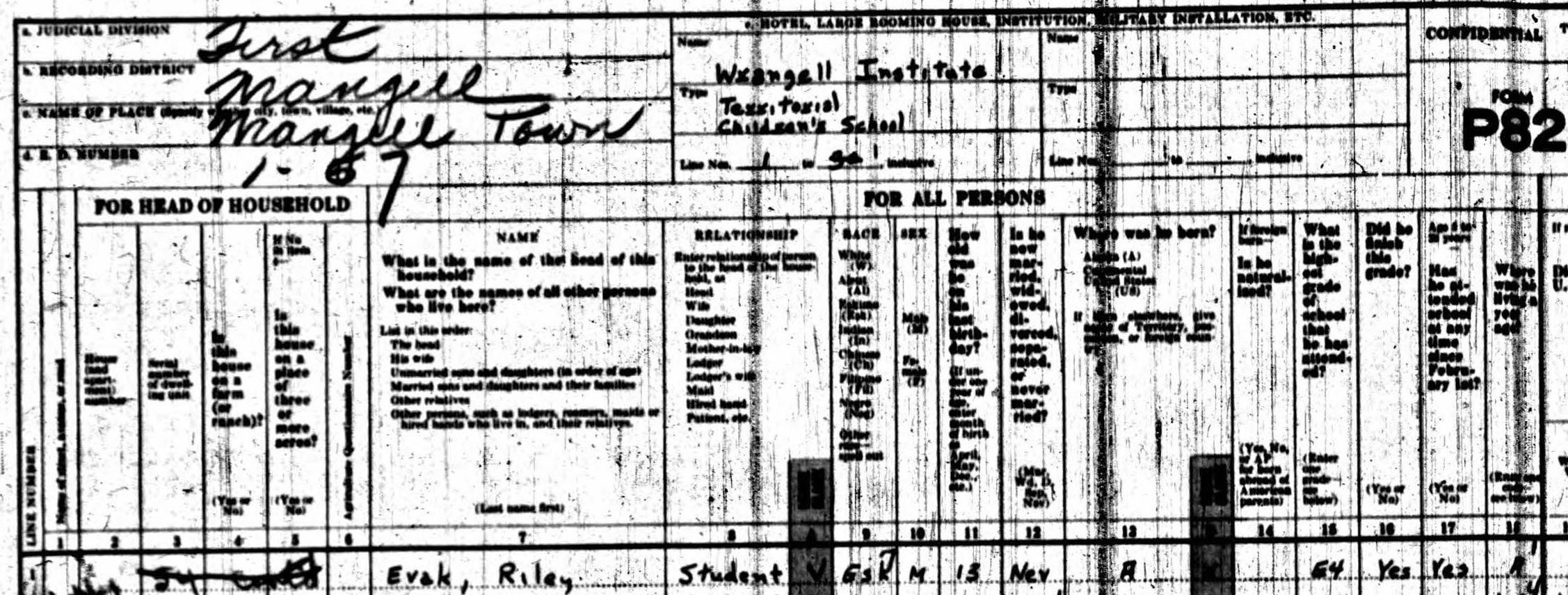
Jacob Anaġi Adams, Sr. briefly describes attending the Wrangell Institute. (7:55 mark)
Sharing Our Knowledge 2022 Panel: Boarding Schools - Jim LaBelle, Teresa Sheldon, Bob Sam, Sophie Jenkins
Interior Secretary Deb Haaland gives update on Federal Indian Boarding School Initiative, featuring Jim LaBelle
Sarah describes the impact of Wrangell Institute on her ability to speak her own language. See related video.
Luke Titus, of Minto, discusses the effects of boarding schools on his life (6:30 mark). Luke Titus’s story was adapted for an episode of the PBS Kids series, Molly of Denali, in an episode entitled “Grandpa’s Drum.”
Etok: A Story of Eskimo Power
The book Etok: A Story of Eskimo Power by H.G. Gallagher is free to read online. Pages 63 - 84 describe Etok’s experience as a student at the Wrangell Institute.
Reflections On the Institute
The Wrangell Institute ceased operations in 1975. In recent decades, the legacy of the school has become controversial as former students describe psychological, physical, and sexual abuse while at the school.
2001: A History of Schooling for Alaska Native People, by Carol Barnhardt
2003: Wrangell Institute: Legacy of Shame ( Part 1 | Part 2 | Part 3) This powerful series won the National Journalism Award from the Scripps Howard Foundation. Rhonda McBride of KTUU visited Wrangell for sit-down interviews with former Institute students and staff to talk about the legacy of the school.
2008: Alaska Native Education, 1953-1973, A Professional Memoir, by Tom (Thomas) R. Hopkins
2017: Truth and Reconciliation Commissions: A Needed Force in Alaska? by Heather Parker
2008: “It was bad or it was good:” Alaska Natives in Past Boarding Schools
2022: Federal Indian Boarding School Initiative Investigative Report
Photo of the Wrangell Institute superimposed over a current photo of Zimovia Highway. (Background image by Killian Booker)
